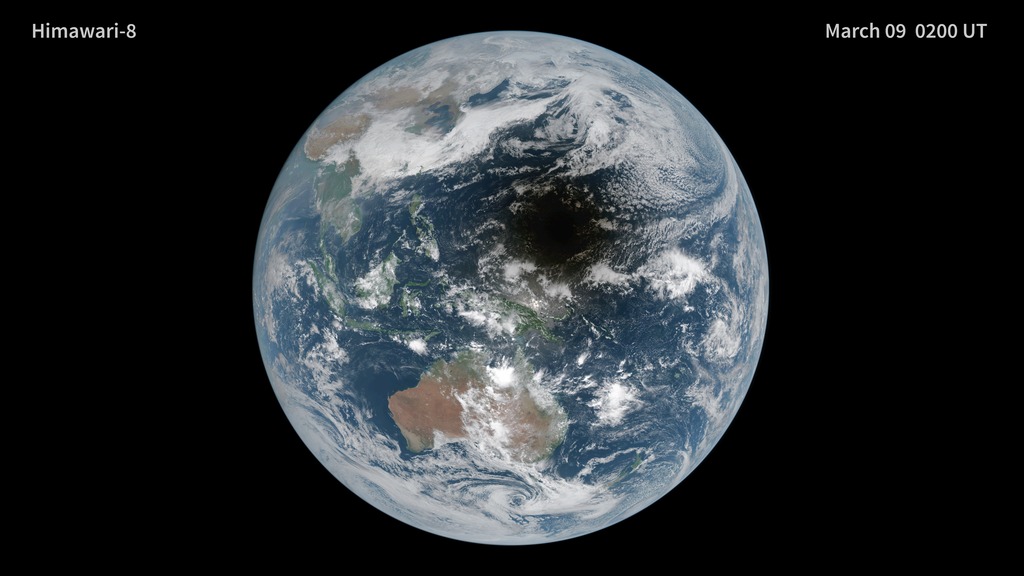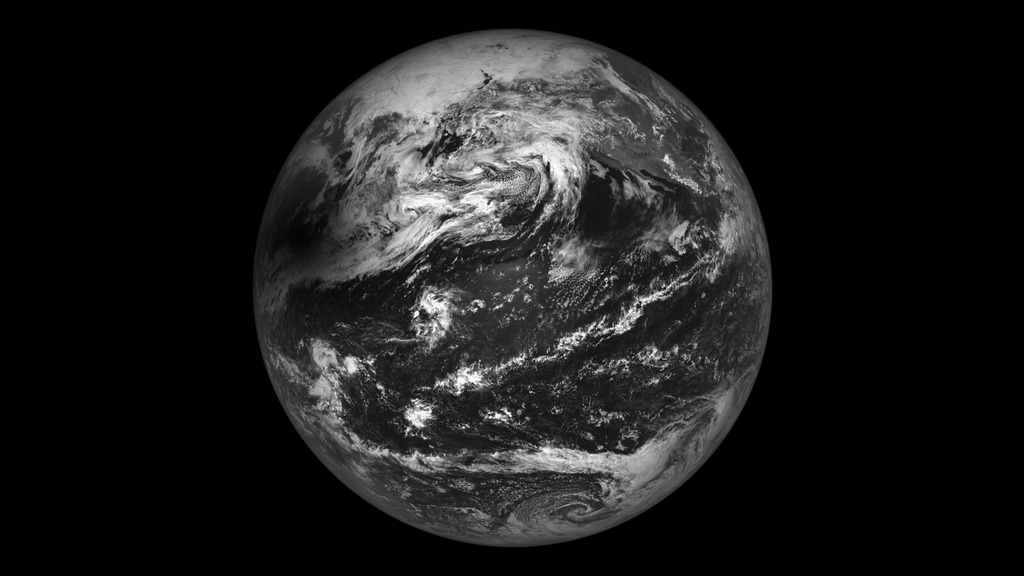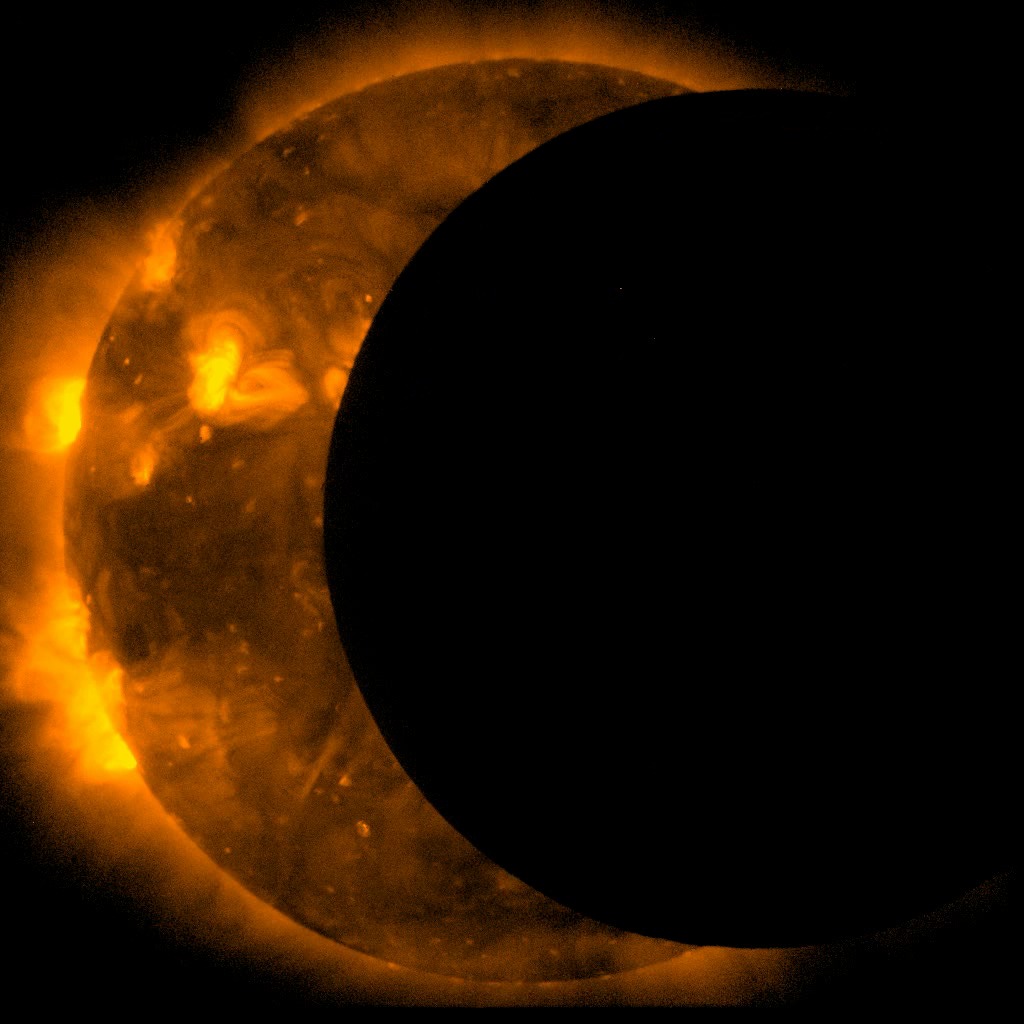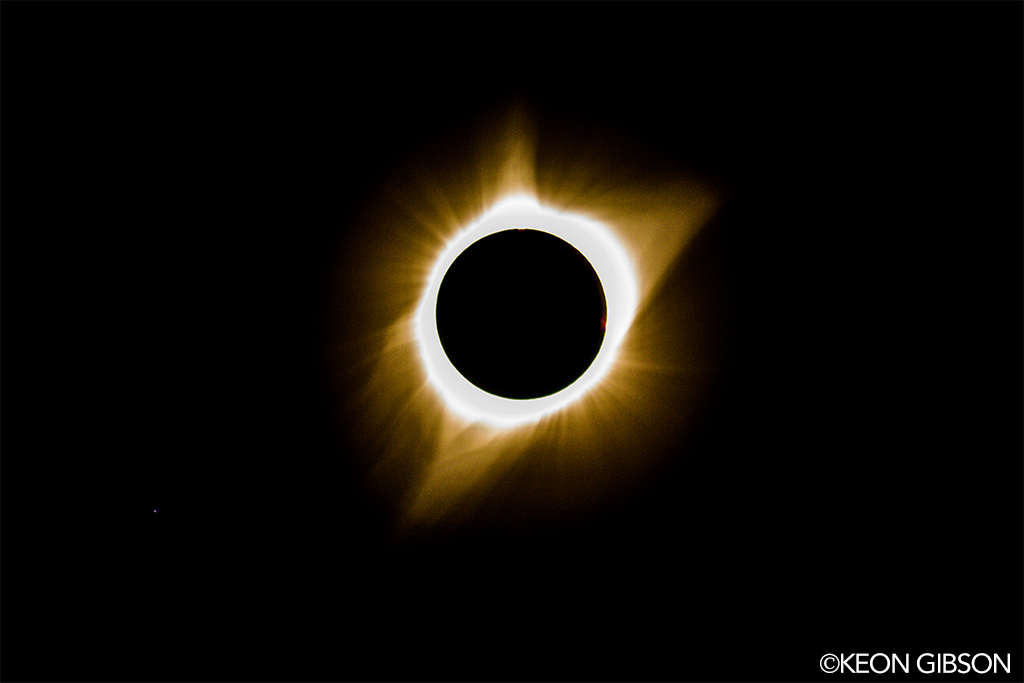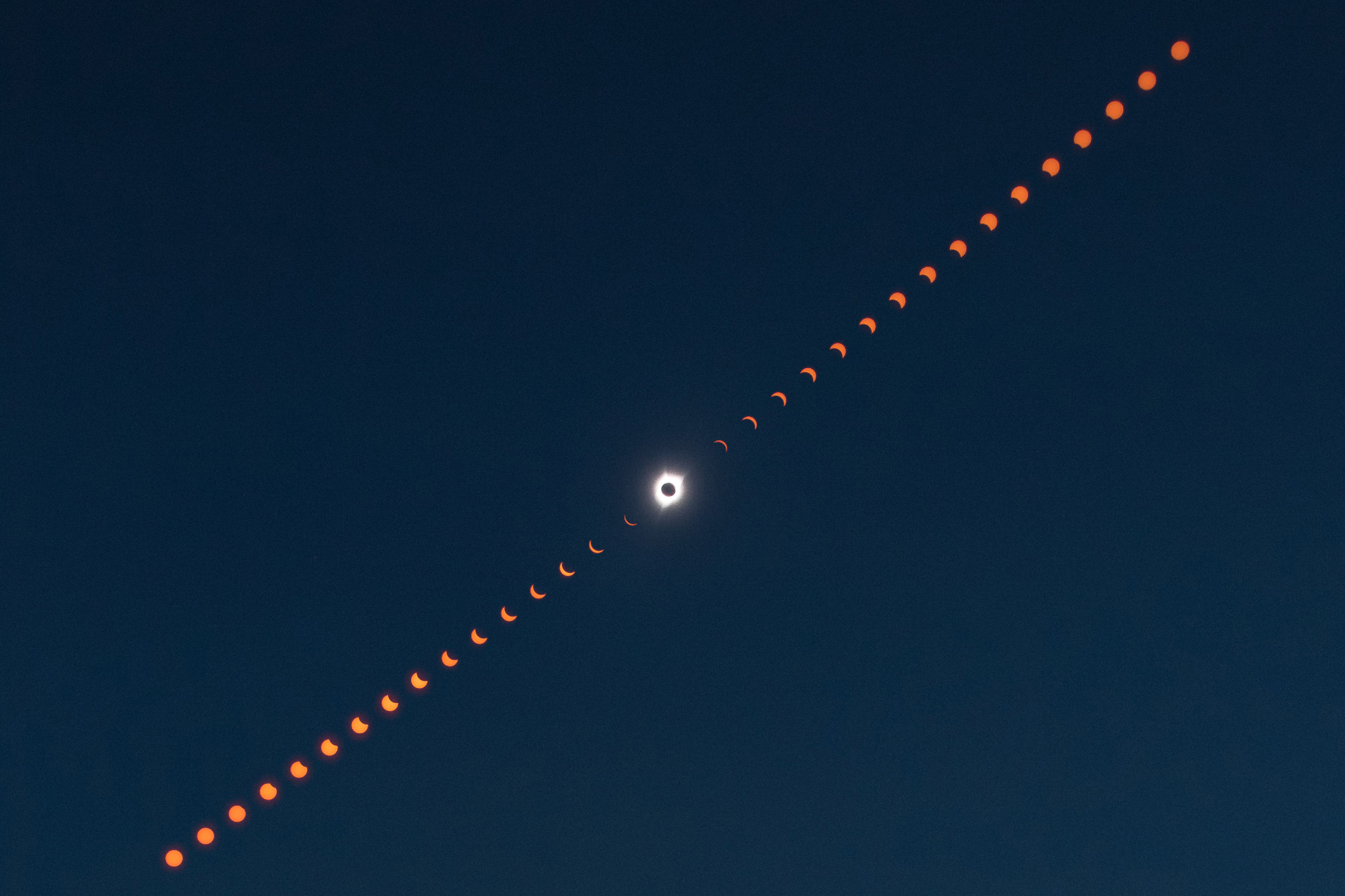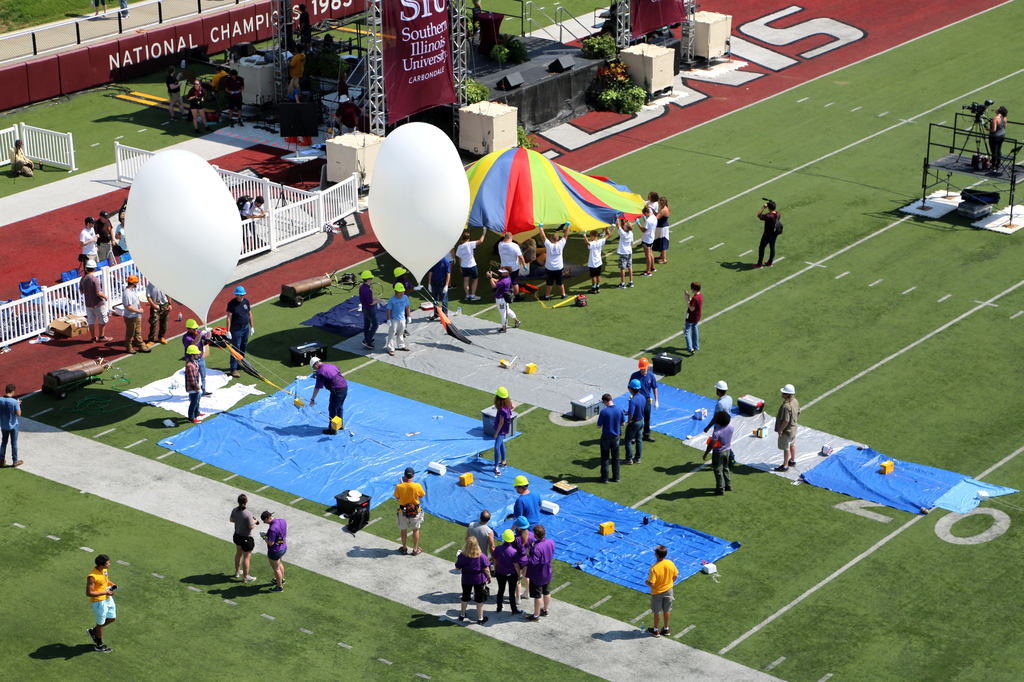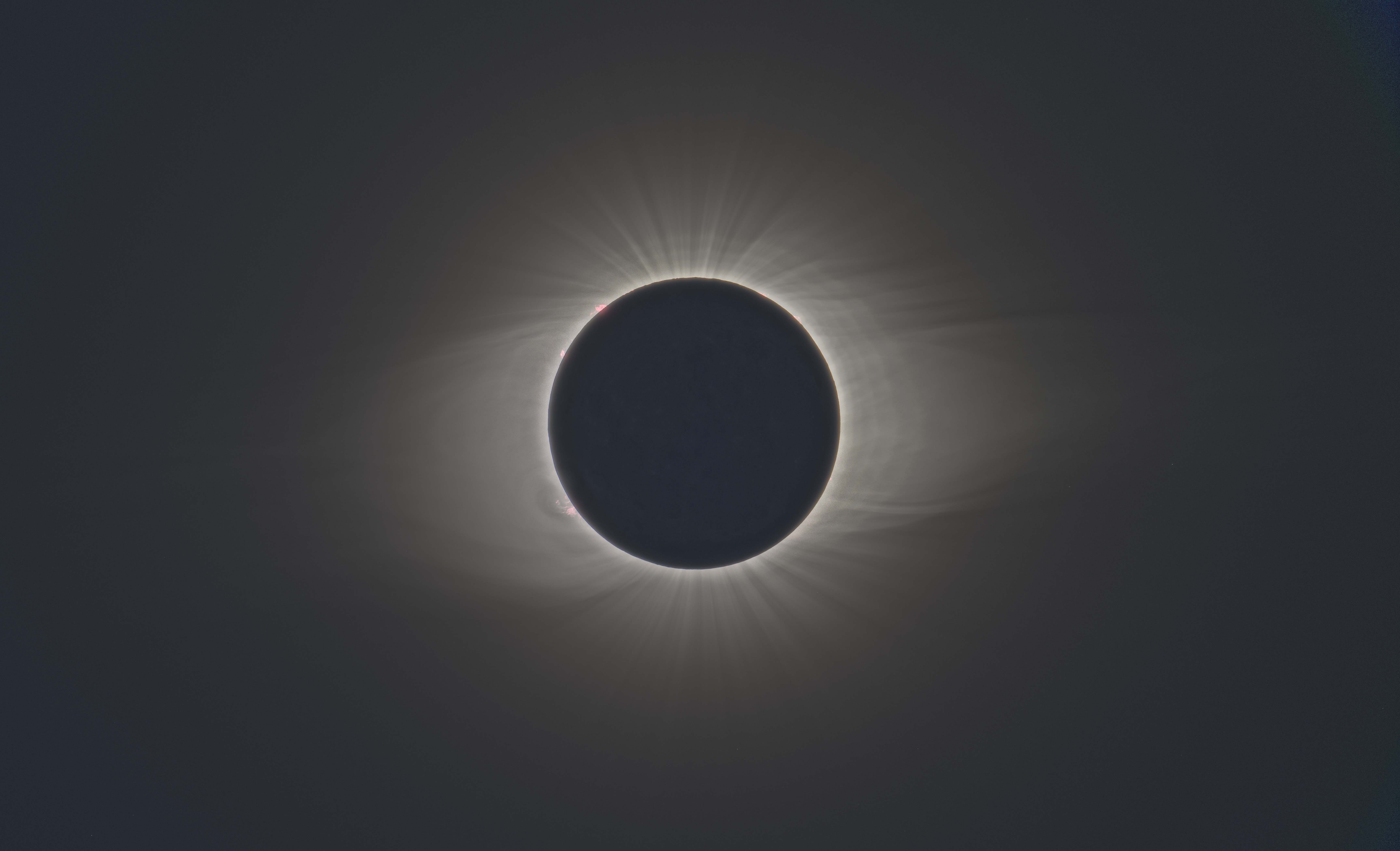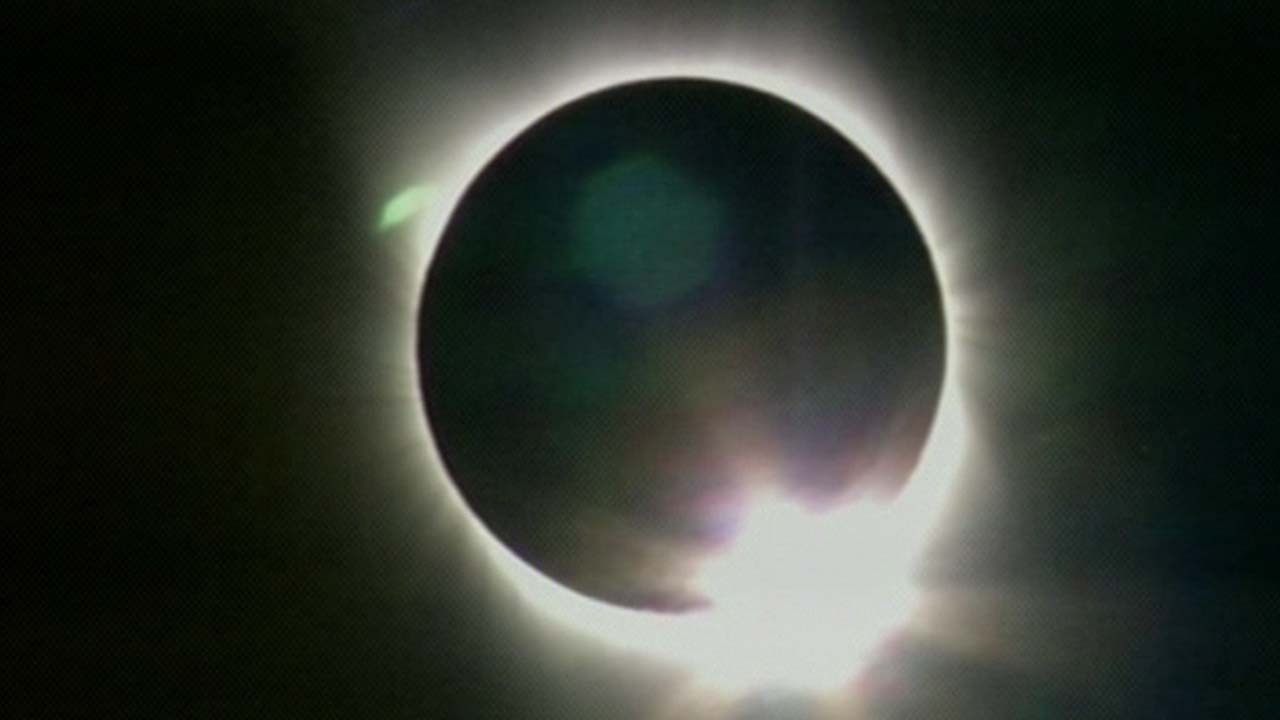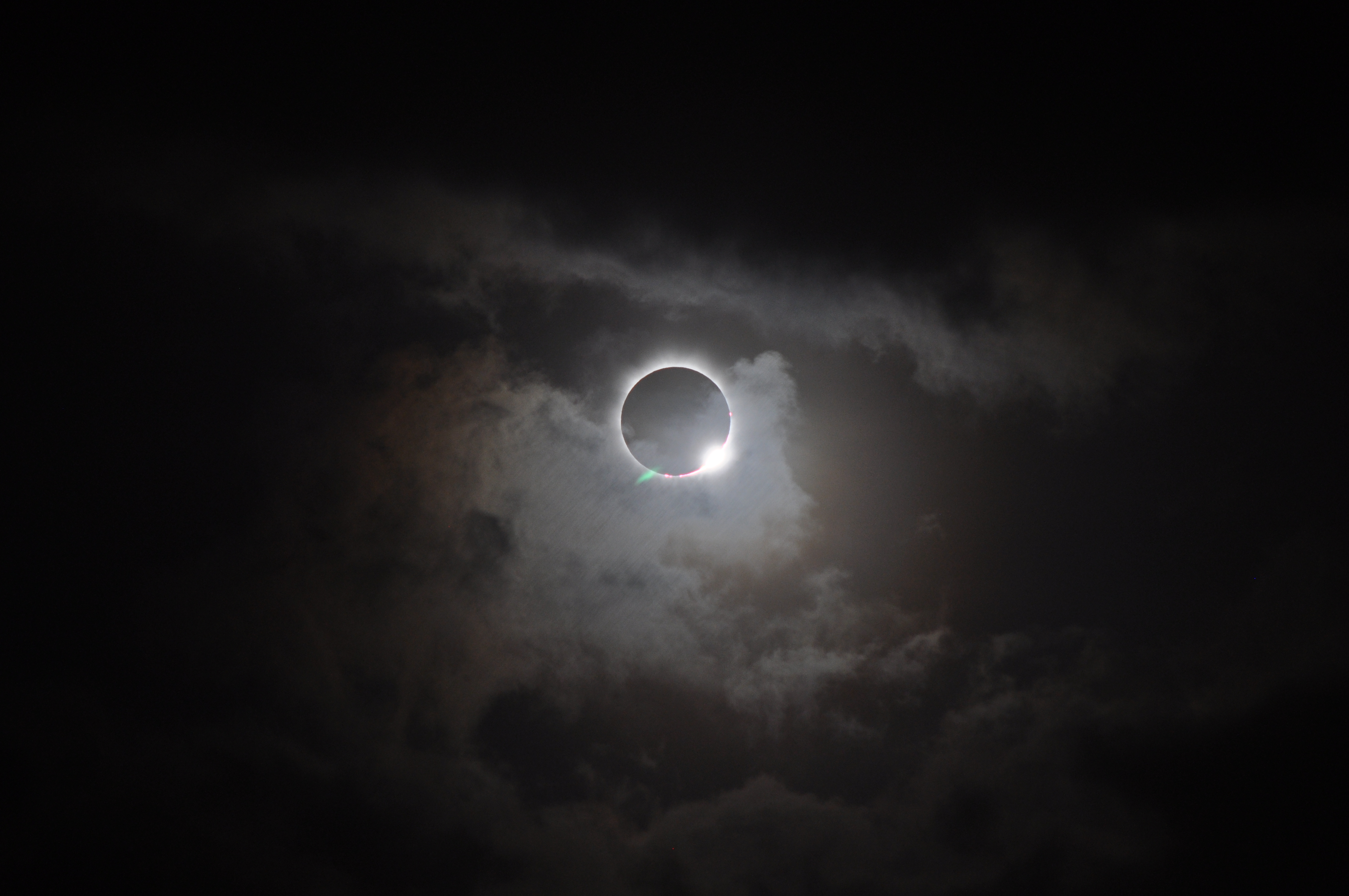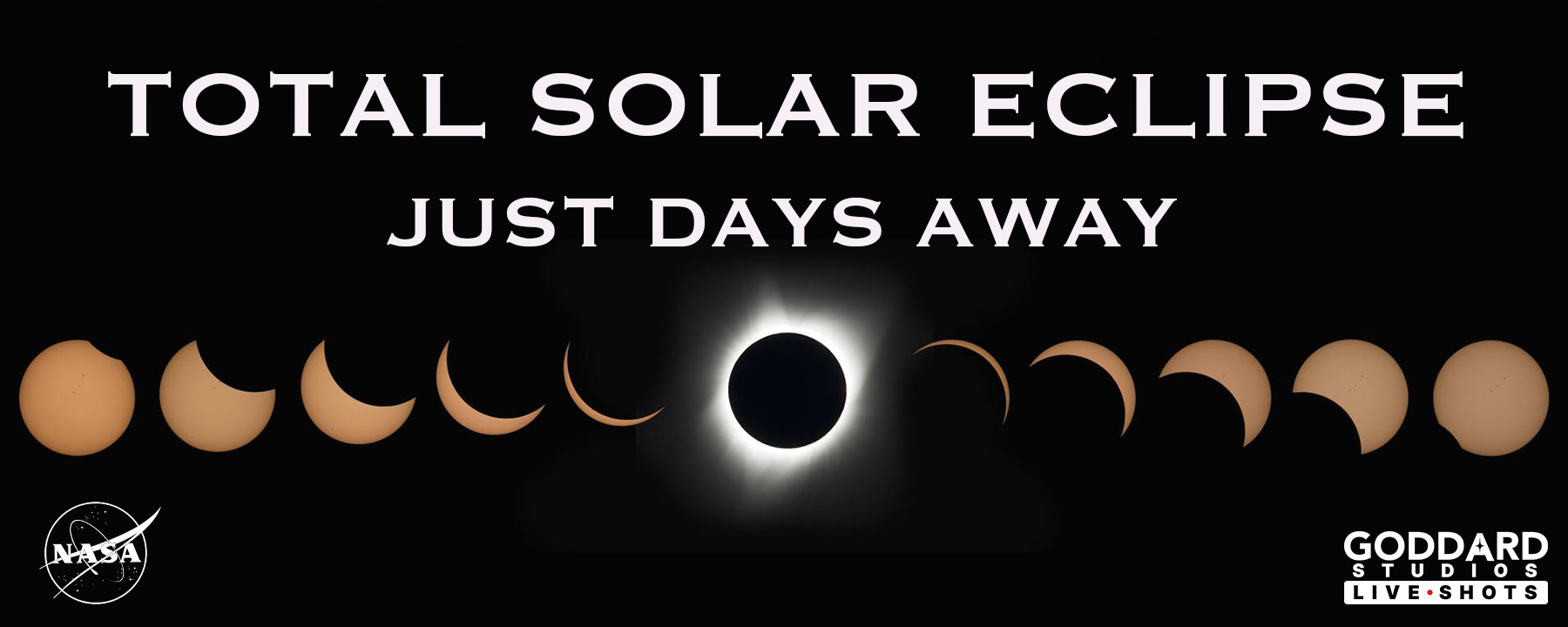2024 Total Solar Eclipse
Overview
On April 8, 2024, a total solar eclipse will cross North America, passing over Mexico, the United States, and Canada. A total solar eclipse happens when the Moon passes between the Sun and Earth, completely blocking the face of the Sun. The sky will darken as if it were dawn or dusk.
A total solar eclipse happens when the Moon passes between the Sun and Earth, completely blocking the face of the Sun. People viewing the eclipse from locations where the Moon’s shadow completely covers the Sun – known as the path of totality – will experience a total solar eclipse. The sky will darken, as if it were dawn or dusk. Weather permitting, people along the path of totality will see the Sun’s corona, or outer atmosphere, which is usually obscured by the bright face of the Sun.
Learn more about this total solar eclipse: solarsystem.nasa.gov/eclipses/2024
2024 Total Solar Eclipse Path
The April 8, 2024, total solar eclipse will begin over the South Pacific Ocean and will cross North America, passing over Mexico, United States, and Canada. Weather permitting, the first location in continental North America that will experience totality is Mexico’s Pacific coast at around 11:07 a.m. PDT.
The path of the eclipse continues from Mexico, entering the United States in Texas, and traveling through Oklahoma, Arkansas, Missouri, Illinois, Kentucky, Indiana, Ohio, Pennsylvania, New York, Vermont, New Hampshire, and Maine. The eclipse will enter Canada in Southern Ontario, and continue through Quebec, New Brunswick, Prince Edward Island, and Nova Scotia. The eclipse will exit continental North America on the Atlantic coast of Newfoundland, Canada, at 5:16 p.m. NDT.
Insolation during the 2024 Eclipse
Go to this pageInsolation (the amount of sunlight reaching the ground) is affected dramatically by the Moon's shadow during the April 8, 2024 total solar eclipse. || insol.0765_print.jpg (1024x576) [144.8 KB] || insol.0765_searchweb.png (320x180) [73.2 KB] || insol.0765_thm.png (80x40) [6.1 KB] || eclipse2024_insol_720p30.mp4 (1280x720) [10.4 MB] || eclipse2024_insol_1080p30.mp4 (1920x1080) [21.3 MB] || eclipse2024_insol_2160p30.mp4 (3840x2160) [66.1 MB] || frames/3840x2160_16x9_30p/ (3840x2160) [64.0 KB] || eclipse2024_insol_360p30.mp4 (640x360) [3.2 MB] ||
2024 Path of Totality
Go to this pageThis visualization closely follows the Moon's umbra shadow as it crosses North America during the April 8, 2024 total solar eclipse. It covers the one hour and 50 minutes between 10:57 a.m. Pacific Standard Time and 4:47 p.m. Atlantic Daylight Time. Annotations include a running clock and the location of the center of the shadow. Everyone within the dark oval sees totality. || flyover.2101_print.jpg (1024x576) [348.8 KB] || flyover.2101_searchweb.png (180x320) [129.1 KB] || flyover.2101_thm.png (80x40) [7.6 KB] || text (1920x1080) [128.0 KB] || eclipse2024_flyover_720p30.mp4 (1280x720) [59.2 MB] || eclipse2024_flyover_360p30.mp4 (640x360) [24.3 MB] || text (3840x2160) [128.0 KB] || eclipse2024_flyover_1080p30.mp4 (1920x1080) [108.3 MB] || eclipse2024_flyover_2160p30.mp4 (3840x2160) [360.5 MB] ||
Flying Around The 2024 Eclipse Shadow
Go to this pageThe virtual camera flies from the night side of the Earth and Moon to the day side, revealing the path of the Moon's shadow during the April 8, 2024, total solar eclipse. Includes narration by the visualizer.Music provided by Universal Production Music: “ Bright Determination” – Julien VonarbThis video can also be viewed on the NASA Goddard YouTube channel. || flyaround.0900.n_print.jpg (1024x576) [196.9 KB] || eclipse24_flyaround_narrated.mp4 (1920x1080) [85.2 MB] || eclipse24_flyaround_narrated_prores.mov (1920x1080) [626.7 MB] || eclipse24_flyaround_narrated.webm (1920x1080) [6.2 MB] || eclipse24_flyaround_captions.en-US.en_US.srt [1.2 KB] || eclipse24_flyaround_captions.en-US.en_US.vtt [1.1 KB] ||
A Tour of NASA’s 2024 Total Solar Eclipse Map
Go to this pageOn April 8, 2024, a total solar eclipse will cross North America, passing over Mexico, the United States, and Canada. A total solar eclipse happens when the Moon passes between the Sun and Earth, completely blocking the face of the Sun. The sky will darken as if it were dawn or dusk, and those standing in the path of totality may see the Sun’s outermost atmosphere (the corona) if weather permits.A map developed using data from a variety of NASA sources shows the total eclipse path as a dark band. Outside this path, purple lines indicate how much of the Sun will become covered by the Moon during the partial eclipse.This video shows different areas of the map, explaining these and other features that describe what observers across the country can expect to see during the total eclipse. Explore and download the eclipse map here. ||
The 2024 Total Solar Eclipse
Go to this pageThis page is also available in the following languages:Tagalog (Wikang Tagalog)Vietnamese (tiếng Việt)Simplified Chinese (汉语)Traditional Chinese (漢語)Arabic (بهاس ملايو)Korean (한국어) ||
April 8, 2024 Total Solar Eclipse Path for Spherical Displays
Go to this pageA map-like view of the Earth during the total solar eclipse of April 8, 2024, showing the umbra (small black oval), penumbra (purple outline), and the path of totality (red). This equirectangular projection is suitable for spherical displays and for spherical mapping in 3D animation software. || eclipse.0850_print.jpg (1024x512) [122.8 KB] || eclipse.0850_searchweb.png (320x180) [72.5 KB] || eclipse.0850_thm.png (80x40) [6.2 KB] || eclipse_sos_1024p30.mp4 (2048x1024) [21.4 MB] || eclipse_sos_2048p30.mp4 (4096x2048) [64.0 MB] || frames/4096x2048_2x1_30p/ (4096x2048) [64.0 KB] || eclipse_sos_512p30.mp4 (1024x512) [6.8 MB] || eclipse_sos_256p30.mp4 (512x256) [2.1 MB] ||
NASA Eclipse Explorer: An interactive guide to the 2017, 2023, and 2024 Solar Eclipses
Go to this page|| An embedded version of the NASA Eclipse Explorer. The standalone version is available at https://go.nasa.gov/EclipseExplorer. || eclipse_explorer_screenshot_print.jpg (1024x661) [170.8 KB] || eclipse_explorer_screenshot.png (3456x2234) [6.1 MB] || eclipse_explorer_screenshot_searchweb.png (320x180) [73.4 KB] || eclipse_explorer_screenshot_thm.png (80x40) [8.9 KB] ||
The 2023 and 2024 Solar Eclipses: Map and Data
Go to this pageThe map was updated on March 15, 2023, to correct times in Mexico along the total eclipse path. ||
A Tour of NASA’s Solar Eclipse Map for 2023 and 2024
Go to this pageThe map was updated on March 15, 2023, to correct times in Mexico along the total eclipse path.Two solar eclipses will cross the United States in 2023 and 2024. On October 14, 2023, an annular solar eclipse will create a “ring of fire” in the sky from Oregon to Texas. On April 8, 2024, a total solar eclipse will darken the skies from Texas to Maine. On both dates, all 48 contiguous states in the U.S. will experience a partial solar eclipse. ||
Total Solar Eclipse - General Imagery
5000 Years of Total Solar Eclipses: The Movie
Go to this pageAn animated heatmap showing the accumulation of total solar eclipse paths over the 5000 years from 2000 BCE to 3000 CE. || heatmap.0090_print.jpg (1024x576) [282.2 KB] || heatmap.0090_searchweb.png (320x180) [93.8 KB] || heatmap.0090_thm.png (80x40) [7.5 KB] || heatmap_720p30.mp4 (1280x720) [20.0 MB] || heatmap_1080p30.mp4 (1920x1080) [38.1 MB] || frames/3840x2160_16x9_30p/ (3840x2160) [64.0 KB] || heatmap_360p30.mp4 (640x360) [6.2 MB] || heatmap_2160p30.mp4 (3840x2160) [120.6 MB] ||
5000 Years of Total Solar Eclipses
Go to this pageA heatmap showing the frequency of total solar eclipses over the 5000 years from 2000 BCE to 3000 CE. Includes versions without the color key and without the continent outlines. || eclipse_freq_heatmap_print.jpg (1024x512) [323.0 KB] || eclipse_freq_heatmap_searchweb.png (320x180) [120.8 KB] || eclipse_freq_heatmap_thm.png (80x40) [17.8 KB] || eclipse_freq_heatmap.tif (5400x2700) [14.9 MB] || eclipse_freq_heatmap_nocbar.tif (5400x2700) [14.9 MB] || eclipse_freq_heatmap_noland.tif (5400x2700) [17.0 MB] ||
Solar Eclipse Animation Elements
Go to this pageDue to their relative scale and distances, the disks of the Sun and the Moon appear to be almost the same size in the sky when standing on Earth. This means that even though the Moon is much smaller than the Sun, it can block most or all of the Sun's light, resulting in a dark shadow over Earth called a solar eclipse.These videos are designed to help describe some of the dynamics that determine how solar eclipses work and why they are important for those of us living on Earth. ||
Solar Eclipse Animation
Go to this pageSolar Eclipse Animation || Solar_eclipseHD_00840_print.jpg (1024x576) [42.6 KB] || Solar_eclipseHD_00840_searchweb.png (180x320) [45.3 KB] || Solar_eclipseHD_00840_thm.png (80x40) [4.5 KB] || Solar_eclipse_prores.mov (1920x1080) [1.0 GB] || Solar_eclipse_h264.mov (1920x1080) [1.0 GB] || Solar_eclipse4K_h264.mov (2000x2000) [316.9 MB] || frames/1920x1080_16x9_60p/ (1920x1080) [128.0 KB] || Solar_eclipseHD.mp4 (1920x1080) [4.5 MB] || Solar_eclipse_prores.webm (1920x1080) [3.3 MB] || Solar_eclipse4K_prores.mov (3840x2160) [3.7 GB] || frames/3840x2160_16x9_60p/ (3840x2160) [128.0 KB] || Solar_eclipse4K_prores_30fps.mp4 (3840x2160) [11.8 MB] || eclipse.en_US.srt [372 bytes] || eclipse.en_US.vtt [386 bytes] ||
What determines when we have an eclipse?
Go to this pageMusic: Witch Waltz by Dorian KellyComplete transcript available.Watch this video on the NASA Goddard YouTube channel. || EclipsePlane_V7.00001_print.jpg (1024x576) [79.6 KB] || EclipsePlane_V7.00001_searchweb.png (320x180) [62.0 KB] || EclipsePlane_V7.00001_thm.png (80x40) [3.8 KB] || EclipsePlane_V7.mov (1920x1080) [1.6 GB] || EclipsePlane_V7.mp4 (1920x1080) [63.0 MB] || EclipsePlane_V7_1.mp4 (1920x1080) [91.4 MB] || EclipsePlane_V7.webm (1920x1080) [5.7 MB] || EclipsePlane_V7.en_US.srt [499 bytes] || EclipsePlane_V7.en_US.vtt [511 bytes] ||
2017 Eclipse: Earth, Moon and Sun
Go to this pageThe Moon moves right to left in its orbit around the Earth. The shadow it casts hits the Earth during the August 21, 2017 total solar eclipse. || sun_earth.0240_print.jpg (1024x576) [41.2 KB] || sun_earth.0240_searchweb.png (320x180) [37.9 KB] || sun_earth.0240_thm.png (80x40) [3.9 KB] || eclipse2017sunearth_1080p30.mp4 (1920x1080) [3.6 MB] || eclipse2017sunearth_720p30.mp4 (1280x720) [1.6 MB] || frames/1920x1080_16x9_30p/ (1920x1080) [32.0 KB] || eclipse2017sunearth_720p30.webm (1280x720) [2.7 MB] || eclipse2017sunearth_360p30.mp4 (640x360) [514.7 KB] ||
2017 Eclipse and the Moon's Orbit
Go to this pageThe Moon orbits the Earth in the months prior to the August 21, 2017 total solar eclipse. Viewed from above, the Moon's shadow appears to cross the Earth every month, but a side view reveals the five-degree tilt of the Moon's orbit. Its shadow only hits the Earth when the line of nodes, the fulcrum of its orbital tilt, is pointed toward the Sun. || orbit.0350_print.jpg (1024x576) [37.8 KB] || orbit.0350_searchweb.png (320x180) [37.6 KB] || orbit.0350_thm.png (80x40) [4.1 KB] || eclipse_orbit_720p30.webm (1280x720) [3.3 MB] || eclipse_orbit_1080p30.mp4 (1920x1080) [3.6 MB] || eclipse_orbit_720p30.mp4 (1280x720) [1.8 MB] || frames/1920x1080_16x9_30p/orbit/ (1920x1080) [32.0 KB] || eclipse_orbit_1080p30.mov (1920x1080) [391.1 MB] || eclipse_orbit_360p30.mp4 (640x360) [662.1 KB] ||
Total Solar Eclipse Safety
Safety is the number one priority when viewing a total solar eclipse. Be sure you're familiar with when you need to wear specialized eye protection designed for solar viewing by reviewing these safety guidelines.
Except during the brief total phase of a total solar eclipse, when the Moon completely blocks the Sun’s bright face, it is not safe to look directly at the Sun without specialized eye protection for solar viewing. Viewing any part of the bright Sun through a camera lens, binoculars, or a telescope without a special-purpose solar filter secured over the front of the optics will instantly cause severe eye injury.
When watching the partial phases of the solar eclipse directly with your eyes, which happens before and after totality, you must look through safe solar viewing glasses (“eclipse glasses”) or a safe handheld solar viewer at all times. You can also use an indirect viewing method, such as a pinhole projector.
Different Ways to Safely View a Solar Eclipse
Go to this pageDo you know how to safely view a solar eclipse? There are more ways than one! To protect your eyes while looking at a solar eclipse, always use proper eye protection for solar viewing – such as solar viewing glasses (often called “eclipse glasses”) or a handheld solar viewer – when any part of the bright solar disk is visible. To use telescopes or binoculars to look directly at the Sun, you must install a certified solar filter to the front of the instrument. Don’t have eclipse glasses or other equipment? You can use an indirect viewing method to project sunlight onto another surface and see the shape of the Sun throughout the eclipse. There are many ways you can do this from using materials around your house, tree leaves, or even your hands.To learn more about solar eclipse safety, visit: https://science.nasa.gov/eclipses/future-eclipses/eclipse-2024/safety/ ||
How to Safely Watch a Total Solar Eclipse
Go to this pageOn April 8, 2024, a total solar eclipse will cross North America, passing over Mexico, the United States, and Canada. A total solar eclipse happens when the Moon passes between the Sun and Earth, completely blocking the face of the Sun. When watching the partial phases of the solar eclipse it is not safe to look directly at the Sun without safe solar viewing glasses (eclipse glasses) or a safe handheld solar viewer. Eclipse glasses are NOT regular sunglasses; regular sunglasses, no matter how dark, are not safe for viewing the Sun. During the short time when the Moon completely obscures the Sun – known as the period of totality – it is safe to look directly at the star without eye protection. However, it’s crucial that you know when to both remove and put back on your safe solar viewing glasses.To learn more about eclipse safety visit go.nasa.gov/EclipseSafety ||
Total Solar Eclipse Safety GIFs with Nicola Fox
Go to this pageOn April 8, 2024, a total solar eclipse will cross North America. Except during the brief total phase of a total solar eclipse, when the Moon completely blocks the Sun's bright face, it is not safe to look directly at the Sun without specialized eye protection designed for solar viewing. Viewing any part of the bright Sun through a camera lens, binoculars or a telescope without a special-purpose solar filter secured over the front of the optics can cause severe eye injury.These GIFs, featuring Nicola Fox, associate administrator for NASA’s Science Mission Directorate, can be used as reminders for safe solar viewing this April.Learn more about how to safely watch the annular solar eclipse: https://science.nasa.gov/eclipses/future-eclipses/eclipse-2024/safety/ ||
Eclipse Safety Imagery 2023
Go to this pageIt is never safe to look directly at the Sun – even if the Sun is partially obscured. When watching a partial solar eclipse, you must wear eclipse glasses at all times when looking at the Sun, or use an indirect viewing method. This also applies during a total solar eclipse up until the moment when the Sun is completely blocked by the Moon.During the short time when the Moon completely obscures the Sun – known as the period of totality – it is safe to look directly at the star without eye protection. However, it’s crucial that you know when it’s safe to both remove and put back on your safe solar viewing glasses.To learn more about eclipses visit: science.nasa.gov/eclipses. ||
Eclipse Safety B-Roll 2023
Go to this pageIt is never safe to look directly at the Sun – even if the Sun is partially obscured. When watching a partial solar eclipse, you must wear eclipse glasses at all times when looking at the Sun, or use an indirect viewing method. This also applies during a total solar eclipse up until the moment when the Sun is completely blocked by the Moon.During the short time when the Moon completely obscures the Sun – known as the period of totality – it is safe to look directly at the star without eye protection. However, it’s crucial that you know when it’s safe to both remove and put back on your safe solar viewing glasses.To learn more about eclipses visit: science.nasa.gov/eclipses. ||
How to Make a Box Pinhole Projector
Go to this pageWant to view a solar eclipse but don’t have eclipse glasses? No problem! An easy way to safely view a solar eclipse is with a box pinhole projector. With a few simple supplies, you can create a safe and fun way to experience the magic of an eclipse from anywhere. Watch this how-to video to see just how easy it is! ||
Find Out if Your Eclipse Glasses Are Safe
Go to this pageHow can you tell if your eclipse glasses are safe? With the annular solar eclipse just around on the corner on Oct. 14, 2023, here is a quick and easy way to make sure your eclipse glasses are safe to use.When watching an annular eclipse directly with your eyes, you must look through safe solar viewing glasses (“eclipse glasses”) or a safe handheld solar viewer at all times. Eclipse glasses are not regular sunglasses – no matter how dark, sunglasses are not safe for viewing the Sun.To learn more about eclipse safety, visit: http://go.nasa.gov/EclipseEyeSafety ||
Eclipse Watching B-Roll At NASA Goddard
Go to this pageB-roll for August 21st Eclipse, filmed at NASA'S Goddard Space Flight Center's mall and visitor center. || GSFC_ECLIPSE2017BROLL_TW@N_Handleman.06600_print.jpg (1024x576) [177.8 KB] || GSFC_ECLIPSE2017BROLL_TW@N_Handleman.06600_searchweb.png (320x180) [115.7 KB] || GSFC_ECLIPSE2017BROLL_TW@N_Handleman.06600_thm.png (80x40) [7.9 KB] || GSFC_ECLIPSE2017BROLL_TW@N_Handleman.mov (1280x720) [3.2 GB] || GSFC_ECLIPSE2017BROLL_TW@N_Handleman.mp4 (1280x720) [266.8 MB] || GSFC_ECLIPSE2017BROLL_TW@N_Handleman.webm (1280x720) [30.1 MB] ||
Solar Eclipse Safety Images
Go to this pagePeople watch a partial eclipse in Belfast, Northern Ireland, on Mar. 20, 2015. Credit: Robin Cordiner || RobinCordiner.jpg (926x618) [118.5 KB] || RobinCordinerlg_print.jpg (1024x683) [681.3 KB] || RobinCordinerlg.jpg (7065x4715) [22.0 MB] || RobinCordinerlg_searchweb.png (320x180) [98.8 KB] || RobinCordinerlg_web.png (320x213) [114.5 KB] || RobinCordinerlg_thm.png (80x40) [6.7 KB] ||
Produced Content
Chasing The 2024 Total Solar Eclipse With NASA Jets
Go to this pageThe April 8, 2024, total solar eclipse will produce stunning views across North America. While anyone along the eclipse path with a clear sky will see the spectacular event, the best view might be 50,000 feet in the air, aboard NASA’s WB-57 jet planes. That’s where a trio of NASA-funded teams are sending their scientific instruments to take measurements of the eclipse. Two teams will image the Sun’s outer atmosphere – the corona – and a third will measure the ionosphere, the upper electrically charged layer of Earth’s atmosphere. This information will help scientists better understand the structure and temperature of the corona, the effects of the Sun on Earth’s atmosphere, and even aid in the search of asteroids that may orbit near the Sun. ||
Locations of Planets and Comet During Totality on April 8, 2024
Go to this pageDuring the total solar eclipse on April 8, 2024, sharp-eyed observers might spot some planets in the darkened sky near the eclipsed Sun.Jupiter and Venus, on opposite sides of the Sun, will be the brightest and easiest to spot. Jupiter will appear about 30 degrees to the upper left of the eclipsed Sun while Venus will appear about 15 degrees to the lower right of the eclipsed Sun.Fainter Mars and Saturn will appear next to one another about 35 degrees to the lower right of the eclipsed Sun, but they might be challenging for most to see. Mercury and Comet 12P/Pons-Brooks will also be in the sky to the upper left of the eclipsed Sun, but they will likely be too faint to see without binoculars or a telescope.For more information about safely watching the eclipse, either directly or with binoculars or a telescope, visit go.nasa.gov/Eclipse2024Safety. ||
How to Photograph a Total Solar Eclipse
Go to this pageOn April 8, 2024, a total solar eclipse will soar over the heads of more than 30 million people across North America. This astronomical event is a unique opportunity for scientists studying in the shadow of the Moon, but it’s also a perfect opportunity to capture unforgettable images. Whether you’re an amateur photographer or a selfie master, try out these tips for photographing the eclipse. To learn more about eclipses visit science.nasa.gov/eclipses ||
Snap It! An Eclipse Photo Adventure (Trailer)
Go to this pageOn April 8, 2024, a total solar eclipse will be visible to over 30 million people across North America. To help kids learn about solar eclipses, NASA is launching Snap It! An Eclipse Photo Adventure on March 8.The Snap It! game – designed for kids ages 7 and up – lets players help out the Traveler, an enthusiastic character who loves to explore the universe. The Traveler has previously learned about black holes and is now visiting Earth to learn about eclipses.Through taking photos of the Sun and decorating postcards, the goal of this game is to learn about eclipses and objects that transit, or pass in front of, the Sun. The game can be played on any computer using an internet browser.Play Snap it! An Eclipse Photo Adventure at go.nasa.gov/SnapIt ||
The Moon and the 2024 Total Solar Eclipse
Go to this pageThis video explores the role of the Moon in the 2024 total solar eclipse that can be seen in the United States, Canada, and Mexico.Music provided by Universal Production Music: "On the Up" - David Stephen WestlakeWatch this video on the NASA Goddard YouTube channel. || Moon2024TSE_Thumbnail.jpg (1920x1080) [220.8 KB] || Moon2024TSE_Thumbnail_print.jpg (1024x576) [79.4 KB] || Moon2024TSE_Thumbnail_searchweb.png (320x180) [22.0 KB] || Moon2024TSE_Thumbnail_thm.png (80x40) [2.6 KB] || 14527_Moonand2024TSE_YouTubeHD.mp4 (1920x1080) [397.1 MB] || 14527_Moonand2024TSE_MASTER.mov (1920x1080) [2.8 GB] || 14527_Moonand2024TSE_TwitterX.mp4 (1280x720) [397.5 MB] || 14527_Moonand2024TSE_YouTubeHD.webm (1920x1080) [27.9 MB] || 14527_Moonand2024TSE_CAPTIONS.en_US.srt [5.7 KB] || 14527_Moonand2024TSE_CAPTIONS.en_US.vtt [5.4 KB] ||
NASA's 2024 Total Solar Eclipse Broadcast (Official Trailer)
Go to this pageOn April 8, 2024, a total solar eclipse will travel through Mexico, cross the United States from Texas to Maine, and exit North America along Canada’s coast. A total solar eclipse occurs when the Moon passes between the Sun and Earth and briefly covers the full disk of the Sun. This reveals the Sun’s wispy, white outer atmosphere, called the corona.Weather permitting, people throughout most of North and Central America, including all of the contiguous United States, will be able to view at least a partial solar eclipse. A partial solar eclipse is when the Moon only covers part of the Sun. People in Hawaii and parts of Alaska will also experience a partial solar eclipse. Click here to learn more about when and where the solar eclipse will be visible: go.nasa.gov/Eclipse2024MapWARNING: Except during the brief total phase of a total solar eclipse, when the Moon completely blocks the Sun’s bright face, it is not safe to look directly at the Sun without specialized eye protection for solar viewing. Indirect viewing methods, such as pinhole projectors, can also be used to experience an eclipse. For more on how to safely view this eclipse: go.nasa.gov/Eclipse2024SafetyNot in the path of the eclipse? Watch with us from anywhere in the world. We will provide live broadcast coverage on April 8 from 1:00 p.m. to 4:00 p.m. EDT (17:00 to 20:00 UTC) on NASA TV, NASA.gov, the NASA app, and on YouTube.Learn more about the upcoming total solar eclipse: go.nasa.gov/Eclipse2024 ||
Heliophysics Big Year
On Oct. 14, 2023, NASA launched the Heliophysics Big Year – a global celebration of solar science and the Sun’s influence on Earth and the entire solar system. Modeled after the “Big Year” concept from citizen scientists in the bird-watching community, the Heliophysics Big Year challenges everyone to get involved with fun Sun-related activities.
For each month from October 2023 to December 2024, the Heliophysics Big Year will celebrate under a theme, sharing opportunities to participate in many solar science events from watching eclipses to joining citizen science projects. During the Heliophysics Big Year, participation isn’t limited to science – NASA invites everyone to celebrate the Sun with activities including dance, fashion, sustainability, and more.
Heliophysics Big Year Trailer
Go to this pageIn October 2023, NASA is launching the Heliophysics Big Year – a global celebration of solar science and the Sun’s influence on Earth, our solar system, and beyond. Modeled after the “Big Year” concept from citizen scientists in the bird-watching community, the Heliophysics Big Year challenges everyone to get involved with fun Sun-related activities.Visit go.nasa.gov/HelioBigYear to learn more! ||
Introducing the Heliophysics Big Year
Go to this pageIn October 2023, NASA is launching the Heliophysics Big Year – a global celebration of solar science and the Sun’s influence on Earth, our solar system, and beyond. Modeled after the “Big Year” concept from citizen scientists in the bird-watching community, the Heliophysics Big Year challenges everyone to get involved with Sun-related activities. The Heliophysics Big Year begins in October 2023 and runs through December 2024. ||
The Heliophysics Big Year
Go to this pageThe Heliophysics Big Year is a global celebration of solar science and the Sun’s influence on Earth and the entire solar system.During the Heliophysics Big Year, you will have the opportunity to participate in many solar science events such as watching solar eclipses, experiencing an aurora, participating in citizen science projects, and other fun Sun-related activities.Join us from October 2023 to December 2024!go.nasa.gov/HelioBigYear ||
Heliophysics Big Year Graphic Elements
Go to this pageThe Heliophysics Big Year is a NASA-led public engagement campaign designed to promote heliophysics broadly, make heliophysics science and information accessible to all, and showcase ongoing efforts to understand the Sun and all that it touches. We are challenging the public to participate in as many Sun science activities as possible from October 2023 to December 2024, leading up to and around solar maximum.This page contains graphic elements for use in promotion and support of the Heliophysics Big Year. Anyone supporting the Heliophysics Big Year effort may use these resources in accordance with the guidance listed in the captions. ||
Sunday Experiment Featuring Heliophysics
Go to this pageOn Sunday, May 21, 2023, the Goddard Visitor Center featured heliophysics - the study of the Sun and its effects across the solar system - as part of the Sunday Experiment series. Activities included solar viewing using Sunspotters, Solarscopes, and solar glasses. Make your own Ultraviolet bead bracelet and Sun art. Attendees enjoyed disscussions and a question-and-answer session with heliophysics subject matter experts as well as eclipse videos playing on a loop throughout the day. ||
NASA’s Eclipse Art
Go to this page“The greatest scientists are artists as well.” ~Albert EinsteinArt and science have been treated as separate disciplines but have more in common than is often realized. Creativity is critical to making scientific breakthroughs, and art is often an expression (or product) of scientific knowledge. And both art and science begin in the experience of awe, of beholding something grand. The experience of a solar eclipse is a prime example of where these two human endeavors meet.Eclipses are celestial events we can predict with extreme precision, and their occurrence reveals fundamental truths about our place in the universe. Yet, as many eclipse watchers will attest, there is no anticipating how you will feel when experiencing one. The emotional resonance of eclipses is underlined by their presence in artforms in cultures across the world going back millennia.To celebrate the special role of eclipses in connecting art and science, creatives across NASA will be sharing their eclipse-inspired artwork in anticipation of two solar eclipses that will cross the United States on October 14, 2023, and April 8, 2024.The first two pieces in the series are presented below, with short biographies of their creators. ||
Citizen Science
NASA’s citizen science projects are collaborations between scientists and interested members of the public. Through these collaborations, volunteers (known as citizen scientists) have helped make thousands of important scientific discoveries. Several citizen science projects are participating in the 2024 total solar eclipse.
How to Observe with GLOBE Eclipse
Go to this pageMusic Credit: "Silly Goose" by Reveille from Soundstripe || EclipseEnglish.00001_print.jpg (1024x576) [198.7 KB] || EclipseEnglish.00001_searchweb.png (320x180) [104.0 KB] || EclipseEnglish.en_US.srt [4.2 KB] || EclipseEnglish.en_US.vtt [4.0 KB] || EclipseEnglish.mp4 (1920x1080) [362.6 MB] ||
Citizen CATE 2024
Go to this pageLed by Amir Caspi of the Southwest Research Institute in Colorado, the Citizen Continental-America Telescopic Eclipse (CATE) 2024 project will place 35 teams in the eclipse path from Texas to Maine to capture the corona in polarized light.Light travels in waves, but those waves can be oriented in different directions, or polarization angles. Caspi explains that light we see from the corona is sunlight that gets bounced around by the corona before it reaches our eyes. Citizen CATE 2024 is one of many participatory science projects happening during the 2024 total solar eclipse. Read more: https://science.nasa.gov/solar-system/skywatching/eclipse-photographers-help-study-sun-during-disappearing-act/ ||
Dynamic Eclipse Broadcast (DEB) Initiative
Go to this pageIn visible wavelengths of light, the Sun’s surface is much brighter than its corona. During a total solar eclipse, however, observers can see the corona – and scientists can investigate how solar material moves out from the Sun to form the solar wind, an ever-flowing particle stream that impacts Earth and our entire solar system.The Dynamic Eclipse Broadcast (DEB) Initiative, led by Bob Baer and Matt Penn of Southern Illinois University in Carbondale, organizes volunteers as they capture images of the corona during the 2024 eclipse. Using identical instruments at more than 70 different locations across North America, participants document the moment-by-moment appearance of the corona throughout the eclipse. Comparing these images across locations, scientists track plumes of solar material in the difficult-to-study inner corona, estimating their speed and rate of acceleration and linking these observations to those from NASA spacecraft.The project expands on the team’s efforts during the 2017 total solar eclipse, this time including observation sites outside the path of totality, where part of the solar disk will remain visible. Images from these locations will reveal the source of solar material later observed as outflows in the corona, allowing the team to trace them back to their origins on the Sun.DEB Initiative is one of many participatory science projects happening during the 2024 total solar eclipse. Click here to learn more. ||
Eclipse Megamovie
Go to this pageEclipse Megamovie is a NASA-funded citizen science project that engages photographers across the United States to capture images of the Sun’s outermost atmosphere – the corona – during the total solar eclipse on April 8, 2024. Volunteers will use DSLR cameras on mounts that will track the Sun’s position in the sky to record changes in the Sun’s corona during the eclipse.Eclipse Megamovie is one of many participatory science projects happening during the 2024 total solar eclipse. Read more: https://science.nasa.gov/solar-system/skywatching/eclipse-photographers-help-study-sun-during-disappearing-act/ ||
Goldstone Apple Valley Radio Telescope (GAVRT) Solar Patrol
Go to this pageThe Goldstone Apple Valley Radio Telescope (GAVRT) is located in Goldstone, California. It is a reconfigured antenna used for teaching purposes.The GAVRT program teaches K-12 students how to calibrate this 34-meter antenna (known as Deep Space Station-28), collect and distribute science data through the Internet and get excited about radio astronomy. Students collaborate with scientists who are working on the same mission and are recognized as part of the science team. Data collected and analyzed by the students is used by NASA in their studies of the solar system.During the April 8, 2024, total solar eclipse, NASA’s Jet Propulsion Laboratory, educators at the Lewis Center for Education Research in Southern California, and participants in the center’s Solar Patrol citizen science program will observe solar “active regions” – the magnetically complex regions that form over sunspots – as the Moon moves over them. The Moon’s gradual passage across the Sun blocks different portions of the active region at different times, allowing scientists to distinguish light signals coming from one portion versus another. The technique, first used during the May 2012 annular eclipse, revealed details on the Sun the telescope couldn’t otherwise detect. ||
Uncover the Secrets of Our Sun
Go to this pageWe’re celebrating all things Sun with the Heliophysics Big Year and we want YOU to be a part of it! Join Nicola Fox, associate administrator for NASA’s Science Mission Directorate, to learn how you can get involved in one of NASA’s many citizen science projects.In October 2023, NASA launched the Heliophysics Big Year – a global celebration of solar science and the Sun’s influence on Earth, our solar system, and beyond. Modeled after the “Big Year” concept from citizen scientists in the bird-watching community, the Heliophysics Big Year challenges everyone to get involved with fun Sun-related activities.Visit https://science.nasa.gov/citizen-science/ to learn more! ||
Study Eclipses With NASA
Go to this pageSolar eclipses are awe-inspiring experiences – but did you know you can help NASA study them? Many NASA discoveries are achieved with help from volunteer scientists like you! Here are some of the citizen science projects kicking off for the total solar eclipse on April 8, 2024.Visit https://science.nasa.gov/eclipses/citizen-science/ to learn more! ||
Study Total Solar Eclipses With Ham Radio
Go to this pageMusic credit: “Make a Change” by Eric Chevalier [SACEM] from Universal Production Music.Complete transcript available. || HamSCI_Thumbnail.jpg (1280x720) [448.6 KB] || HamSCI_Thumbnail_print.jpg (1024x576) [358.9 KB] || HamSCI_Thumbnail_searchweb.png (320x180) [71.1 KB] || HamSCI_Thumbnail_web.png (320x180) [71.1 KB] || HamSCI_Thumbnail_thm.png (80x40) [6.2 KB] || HamSCI_Video_2024.mp4 (1920x1080) [194.9 MB] || HamSCI_Video_2024.webm (1920x1080) [12.0 MB] || HAMSCI.en_US.srt [2.2 KB] || HAMSCI.en_US.vtt [2.1 KB] ||
Capturing the Sounds of a Solar Eclipse
Go to this pageIn April 2024, volunteers can join the Eclipse Soundscapes project to help NASA scientists better understand how wildlife is impacted by solar eclipses. Volunteers will gather sound recordings, make observations using any of their senses, and even help with data analysis from across the path of the eclipse. This video features interviews from Eclipse Soundscapes experts MaryKay Severino, Dr. William “Trae” Winter III, and Dr. William Oestreich, and highlights natural resource manager Dr. Chace Holzhueser at Hot Springs National Park in Arkansas, who will be conducting a similar study for the total solar eclipse on April 8, 2024.Visit https://science.nasa.gov/eclipses/citizen-science/ to learn more! ||
Eclipses From Space
What Spacecraft Saw During the 2017 Solar Eclipse
Go to this pageOn Aug. 21, 2017, a solar eclipse passed over North America. People throughout the continent experienced a partial solar eclipse, and a total solar eclipse passed over a narrow swath of land stretching from Oregon to South Carolina, called the path of totality. NASA and its partner’s satellites had a unique vantage point to watch the eclipse. Several Sun-watching satellites were in a position to see the Moon cross in front of the Sun, while many Earth-observing satellites – and NASA’s Lunar Reconnaissance Orbiter, which typically images the Moon’s landscape – captured images of the Moon’s shadow on Earth’s surface. See more and download content at https://go.nasa.gov/2x7b8kf ||
An EPIC View of the 2017 Total Solar Eclipse
Go to this pageNASA's Earth Polychromatic Imaging Camera (EPIC) tracked the path of the total solar eclipse across North America on Aug. 21, 2017. On board NOAA's Deep Space Climate Observatory (DSCOVR), EPIC collected these natural color images. Scientists set the instrument to gather images more frequently than usual to study this eclipse.Learn more about how EPIC contributed to research conducted during the 2017 total solar eclipse. ||
GOLD Instrument observes the July 2019 Total Solar Eclipse
Go to this pageComparative visualizations of Earth in visible light and the ultraviolet emission of oxygen recombining from ions. The Appleton anomaly is faintly visible above and below the equator on the nightside of the Earth. This version presents the path of the solar eclipse but variations are available in the popup menu to the right. || GOLDEclipse201907.O5S+VIS_path_UHD3840.00192_print.jpg (1024x576) [68.5 KB] || GOLDEclipse201907.O5S+VIS_path_UHD3840.00192_searchweb.png (320x180) [59.6 KB] || GOLDEclipse201907.O5S+VIS_path_UHD3840.00192_thm.png (80x40) [5.4 KB] || GOLDEclipse201907.O5S+VIS_path_HD1080i_p5.webm (1920x1080) [4.7 MB] || frames/1920x1080_16x9_5p/Eclipse2019.O5S_VIS_path/ (1920x1080) [16.0 KB] || GOLDEclipse201907.O5S+VIS_path_HD1080i_p5.mp4 (1920x1080) [19.8 MB] || frames/1920x1080_16x9_5p/Eclipse2019.O5S_VIS_nopath/ (1920x1080) [16.0 KB] || GOLDEclipse201907.O5S+VIS_nopath_HD1080i_p5.mp4 (1920x1080) [20.0 MB] || frames/3840x2160_16x9_5p/Eclipse2019.O5S_VIS_nopath/ (3840x2160) [16.0 KB] || GOLDEclipse201907.O5S+VIS_nopath_UHD3840_2160p5.mp4 (3840x2160) [64.3 MB] || frames/3840x2160_16x9_5p/Eclipse2019.O5S_VIS_path/ (3840x2160) [16.0 KB] || GOLDEclipse201907.O5S+VIS_path_UHD3840_2160p5.mp4 (3840x2160) [63.4 MB] ||
SDO's View of the August 21 Solar Eclipse
Go to this pageA movie of the Aug 21, 2017 lunar transit as viewed by the Solar Dynamics Observatory (SDO.) The Sun appears in visible light, and 171 ångstrom extreme ultraviolet light. The movie shows the Sun moving a bit because SDO has a hard time keeping the Sun centered in the image during a transit, because the Moon blocks so much light. The fine guidance systems on the SDO instruments need to see the whole Sun in order keep the images centered from exposure to exposure. Once the transit was over, the fine guidance systems started back up, once again providing steady images of the Sun.Credit: NASA/SDOWatch this video on the NASA Goddard YouTube channel. || SDO_Eclipse_Transit_Still.jpg (3840x2160) [1.4 MB] || SDO_Eclipse_Transit_Still_searchweb.png (320x180) [70.6 KB] || SDO_Eclipse_Transit_Still_thm.png (80x40) [5.5 KB] || 12688_SDO_Eclipse_Transit_H264_1080.mov (1920x1080) [126.4 MB] || 12688_SDO_Eclipse_Transit_H264_1080.webm (1920x1080) [4.6 MB] || 12688_SDO_Eclipse_Transit_ProRes_3840x2160_2997.mov (3840x2160) [2.7 GB] || 12688_SDO_Eclipse_Transit_H264_best_3840x2160_2997.mov (3840x2160) [378.1 MB] ||
Darkness From Above
Go to this pageDuring a solar eclipse, the moon casts a giant shadow on Earth that can be seen from space. || c-1280.jpg (1280x720) [190.0 KB] || c-1024.jpg (1024x576) [136.0 KB] || c-1920.jpg (1920x1080) [289.0 KB] || c-1024_print.jpg (1024x576) [115.0 KB] || c-1024_searchweb.png (320x180) [38.0 KB] || c-1024_print_thm.png (80x40) [16.4 KB] ||
An EPIC View of the Moon’s Shadow During the June 10 Solar Eclipse
Go to this pageNASA’s EPIC, Earth Polychromatic Imaging Camera (EPIC), sits aboard NOAA’s Deep Space Climate Observatory Satellite (DSCOVR). EPIC provides high quality, color images of Earth, which are useful for monitoring factors like the planet’s vegetation, cloud height, and ozone. And every once in a while –– most recently, June 10, 2021 –– it has the opportunity to capture a solar eclipse.A solar eclipse occurs when the Moon is positioned between the Sun and Earth, leading the Moon’s shadow to be projected onto Earth. During a total solar eclipse, the Moon completely blocks the Sun. During an annular solar eclipse, like the one on June 10, the Moon is near its farthest point from Earth and appears smaller than the Sun in the sky. As the two align, the Sun appears as a ring of fire surrounding the dark disk of the Moon. On June 10, viewers in parts of Canada, Greenland, and Russia were treated to a full annular eclipse. People in a handful of other locations, including parts of the Caribbean, Asia, Europe, eastern United States, Alaska, and northern Africa, were able to catch a partial solar eclipse, where only part of the Sun is blocked by the Moon, leaving behind a crescent-shaped piece of Sun. EPIC didn’t have too bad a view, either.You can find more photos and videos from EPIC, including a few lunar photobombs, here. ||
March 2016 Total Solar Eclipse
Go to this pageThese two views of the March 2016 total solar eclipse, visible to those living in parts of Indonesia (including Sumatra, Borneo, and Sulawesi) and from locations in the Pacific Ocean, look similar but come from completely different perspectives. The side-by-side visualizations reveal information about the orbits of the two instruments that observed the event. On the left, a series of images taken by NASA’s Earth Polychromatic Imaging Camera (EPIC) onboard the Deep Space Climate Observatory (DSCOVR) show the eclipse from its orbit at the first Lagrange point (L1)—a point about 1,000,000 miles (1,609,344 km) from Earth where the force of Earth's gravity almost exactly matches that of the Sun. As the DSCOVR spacecraft slowly orbits around L1 (always viewing the sunlit side of Earth) the area of reflected sunlight near the center of the globe remains stationary. During the eclipse, the moon’s shadow crosses the face of the Earth’s surface as Earth appears to rotate from left (west) to right (east) below.In contrast, Himawari-8, a Japanese weather spacecraft, is in geostationary orbit at an altitude of ~35,791 km (22,239 mi). This means that Himawari-8 is positioned over a particular spot on Earth—located at 141 degrees East, 0 degrees North. During the eclipse, the moon's shadow appears mid-ocean and races off to the east (right), while the area of reflected sunlight appears to move right (east) to left (west) across the Earth’s surface. The instruments onboard Himawari-8 and DSCOVR use different spectral bands so the colors of the two images appear different. ||
LRO Images the May 2012 Solar Eclipse
Go to this pageA sequence of four images captured by the Lunar Reconnaissance Orbiter narrow-angle camera during the May 20-21, 2012 annular solar eclipse. The Moon's shadow is seen passing over Japan and the Aleutian Islands. || lroc_eclipse2012.0001_print.jpg (1024x576) [90.4 KB] || lroc_eclipse2012.0001_searchweb.png (320x180) [20.4 KB] || lroc_eclipse2012.0001_thm.png (80x40) [1.8 KB] || lroc_eclipse2012_1080p1.mp4 (1920x1080) [2.8 MB] || lroc_eclipse2012_720p1.mp4 (1280x720) [1.3 MB] || lroc_eclipse2012_720p1.webm (1280x720) [793.4 KB] || lroc_eclipse2012_720p1.wmv (1280x720) [953.9 KB] || frames/1920x1080_16x9_1p/ (1920x1080) [4.0 KB] || lroc_eclipse2012_360p1.mp4 (640x360) [373.2 KB] || frames/5760x3240_16x9_1p/ (5760x3240) [4.0 KB] ||
Hinode Witnesses Solar Eclipse
Go to this pageSpectacular images from the Hinode spacecraft show the solar eclipse, which darkened the sky in parts of the Western United States and Southeast Asia on May 20-21, 2012.Hinode is in a low-Earth (630km altitude - about 400 miles) sun-synchronous polar orbit that permits nearly continuous observations of the sun. So, in effect, Hinode has the same perspective as Earth-bound observers since the angle subtended is very small between the Earth and Hinode relative to the moon. However, Hinode's unique orbit has the spacecraft sweaping through the area occulted by the Sun once per orbit, and did so 4 separate times.An annular eclipse occurs when the moon, slightly more distant from Earth than on average, moves directly between Earth and the Sun, thus appearing slightly smaller to observers' eyes; the effect is a bright ring around the silhouette of the moon. ||
Previous Total Solar Eclipse Imagery
NASA Eclipse Imagery
Go to this pageAs millions of people across the United States experienced a total eclipse as the umbra, or Moon’s shadow passed over them, only six people witnessed the umbra from space. Viewing the eclipse from orbit were NASA’s Randy Bresnik, Jack Fischer and Peggy Whitson, ESA (European Space Agency’s) Paolo Nespoli, and Roscosmos’ Commander Fyodor Yurchikhin and Sergey Ryazanskiy. The space station crossed the path of the eclipse three times as it orbited above the continental United States at an altitude of 250 miles. Credit: NASA || iss052e056122.jpg (4928x3280) [844.0 KB] ||
2017 Eclipse Image Collection
Go to this pageThis image is a composite photograph that shows the progression of the total solar eclipse over Madras, Oregon.http://earthobservatory.nasa.gov/NaturalHazards/view.php?id=90796 || eclipsecomposite_pho_lrg.jpg (2231x1487) [541.4 KB] || eclipsecomposite_pho_lrg_searchweb.png (320x180) [47.2 KB] || eclipsecomposite_pho_lrg_thm.png (80x40) [3.3 KB] ||
Eclipse Imagery Along Path of Totality
Go to this pageCarbondale, IL - The Eclipse Ballooning Project inflating high altitude balloons in Saluki Stadium during the Aug. 21, 2017, total solar eclipse. Credit: NASA/Joy Ng || Balloons2_JoyNg_print.jpg (1024x682) [877.1 KB] || Balloons2_JoyNg.jpg (5760x3840) [9.8 MB] || Balloons_JoyNg.jpg (5760x3840) [13.4 MB] || Balloons2_JoyNg_searchweb.png (320x180) [122.4 KB] || Balloons2_JoyNg_web.png (320x213) [144.1 KB] || Balloons2_JoyNg_thm.png (80x40) [8.2 KB] ||
Baseball Hits an Eclipse
Go to this pageOne of the best places to view the 2017 Total Solar Eclipse was at a ballpark in Keizer, Oregon. Here, NASA Goddard and the Lunar Reconnaissance Orbiter mission partnered with the Salem-Keizer Volcanoes Minor League Baseball team for an "EclipseFest" that featured the first ever "Eclipse Delay" in baseball history. This video shows what took place at the event.Music provided by KillerTracks: "Dayz On The Road" - Billy Lincoln, Thomas Dean Pugh-Fields; "Take Me Out to the Ball Game" - Harry Edwards; "The World Is Wide Enough" - Roger Rodes SendrosWatch this video on the NASA.gov Video YouTube channel. || Volcanoes2Thumnail.jpg (1920x1080) [854.8 KB] || Volcanoes2Thumnail_searchweb.png (320x180) [142.0 KB] || Volcanoes2Thumnail_thm.png (80x40) [9.0 KB] || Baseball-Hits-An-Eclipse-YouTubeHD.mp4 (1920x1080) [420.1 MB] || Baseball-Hits-An-Eclipse-Facebook.mp4 (1280x720) [320.0 MB] || Baseball-Hits-An-Eclipse-MASTER.mov (1920x1080) [3.4 GB] || Baseball-Hits-An-Eclipse-Facebook.webm (1280x720) [31.0 MB] || Baseball-Hits-An-Eclipse-Captions.en_US.srt [4.7 KB] || Baseball-Hits-An-Eclipse-Captions.en_US.vtt [4.7 KB] ||
Eclipse 2019
Go to this pageComposite photo of the 2019 total solar eclipse, taken from Chile. Credit: Williams College/NSF Atmospheric and Geospace Sciences Division/Jay Pasachoff/David Sliski/Alan Sliski/Christian Lockwood/John Inoue/Erin Meadors/Aris Voulgaris/Kevin Reardon || Pasachoff-Sliski_2019_eclipse_composite_1.jpg (6893x4191) [342.5 KB] || Pasachoff-Sliski_2019_eclipse_composite_1_searchweb.png (320x180) [32.6 KB] || Pasachoff-Sliski_2019_eclipse_composite_1_thm.png (80x40) [3.5 KB] ||
2016 Eclipse
Go to this pageSolar scientists Natchimuthuk Gopalswamy, Nelson Reginal, Eric Christian, and Sarah Jaeggli discuss the 2016 eclipse and how it is great preparation for the 2017 eclipse.Complete transcript available. || eclipse_promo_thumb.jpg (1280x720) [53.1 KB] || eclipse_promo_thumb_searchweb.png (320x180) [69.9 KB] || eclipse_promo_thumb_thm.png (80x40) [12.8 KB] || YOUTUBE_HQ_12147_2016.eclipse_promo_V2_youtube_hq.mov (1920x1080) [534.5 MB] || PRORES_B-ROLL_12147_2016.eclipse_promo_V2_prores.mov (1280x720) [1.5 GB] || APPLE_TV_12147_2016.eclipse_promo_V2_appletv.m4v (1280x720) [63.3 MB] || NASA_TV_12147_2016.eclipse_promo_V2.mpeg (1280x720) [383.5 MB] || 12147_2016.eclipse_promo_V2.mov (1920x1080) [2.7 GB] || YOUTUBE_HQ_12147_2016.eclipse_promo_V2_youtube_hq.webm (1920x1080) [11.6 MB] || APPLE_TV_12147_2016.eclipse_promo_V2_appletv_subtitles.m4v (1280x720) [63.4 MB] || 12147_2016_eclipse_PROMO.en_US.srt [2.0 KB] || 12147_2016_eclipse_PROMO.en_US.vtt [2.0 KB] || NASA_PODCAST_12147_2016.eclipse_promo_V2_ipod_sm.mp4 (320x240) [21.4 MB] ||
Total Solar Eclipse Viewed from Australia
Go to this pageOn Nov. 13, 2012, a narrow corridor in the southern hemisphere experienced a total solar eclipse. The corridor lay mostly over the ocean but also cut across the northern tip of Australia where both professional and amateur astronomers gathered to watch. During a solar eclipse one can see — using appropriate instruments to protect the eyes since you should never look at the sun directly — dim structures around the edges of the sun. These structures are the sun's atmosphere, the corona, which extends beyond the more easily seen surface, known as the photosphere. In modern times, we know that the corona is constantly on the move. Made of electrified gas, called plasma, the solar material dances in response to huge magnetic fields on the sun. Structural changes in these magnetic fields can also give rise to giant explosions of radiation called solar flares, or expulsions of solar material called coronal mass ejections, CMEs — which make the corona a particularly interesting area to study.Hinode is a joint JAXA/NASA mission to study the connections of the Sun's surface magnetism, primarily in and around sunspots. The orbit of Hinode resulted in two eclipses this time, each with a somewhat different perspective. The first eclipse was total. During the second, the moon skimmed the left limb of the sun for a partial eclipse. ||
Live Shots
The Countdown Is On For The Historic Solar Eclipse On April 8th That Will Sweep Across the U.S. Are You Ready for It?
Go to this pageScroll down the page for the cut b-roll for the live shots and a canned interview available for easy download || Total_Solar_Eclipse_Banner_4.3.24.jpg (1800x720) [134.2 KB] || Total_Solar_Eclipse_Banner_4.3.24_print.jpg (1024x409) [62.3 KB] || Total_Solar_Eclipse_Banner_4.3.24_searchweb.png (320x180) [32.4 KB] || Total_Solar_Eclipse_Banner_4.3.24_thm.png (80x40) [5.0 KB] ||
One Month Out From The Total Solar Eclipse Live Shots
Go to this pageIncluded on this resource page are cut broll for the live shots and pre-recorded soundbites with Gina DiBraccio / Deputy Director of Heliophysics, NASA GSFC and Nicholeen Viall / NASA Mission Scientist for PUNCH. Also check out NASA's podcast nasa.gov/curiousuniverse. New episodes coming soon including one about the April 2024 solar eclipse. || Unknown.jpeg (1600x640) [86.5 KB] || Unknown_print.jpg (1024x409) [53.1 KB] || Unknown_searchweb.png (320x180) [35.3 KB] || Unknown_thm.png (80x40) [5.1 KB] ||
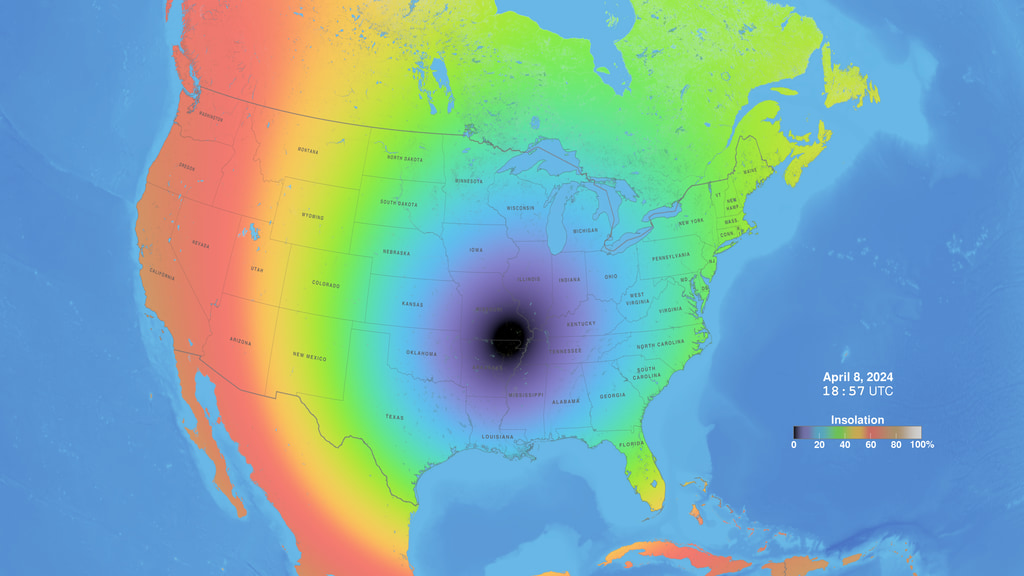
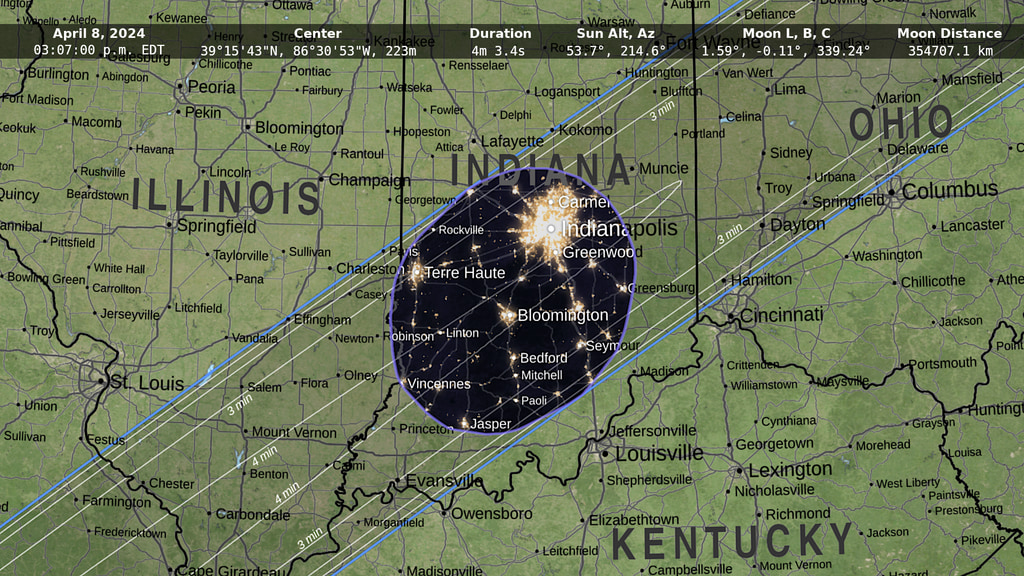
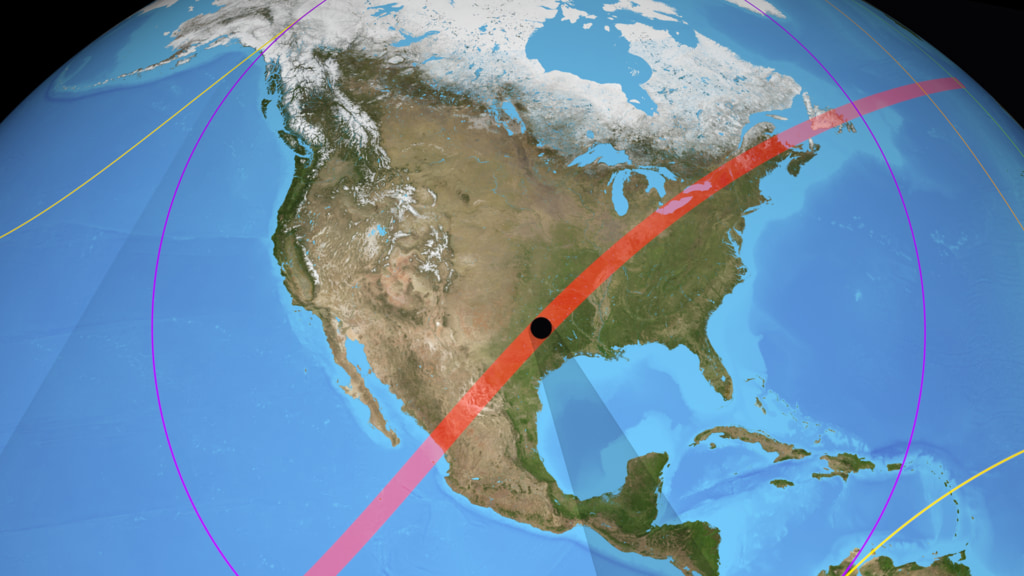
![Map Credit: Michala Garrison and the Scientific Visualization Studio (SVS), in collaboration with the NASA Heliophysics Activation Team (NASA HEAT), part of NASA’s Science Activation portfolio; eclipse calculations by Ernie Wright, NASA Goddard Space Flight CenterMusic Credit: “Cascades” by Air Jared [ASCAP], Sebastian Barnaby Robertson [BMI] via Universal Production Music
Watch this video on the NASA Goddard YouTube channel.](/vis/a010000/a014400/a014474/14474_Thumbnail.png)
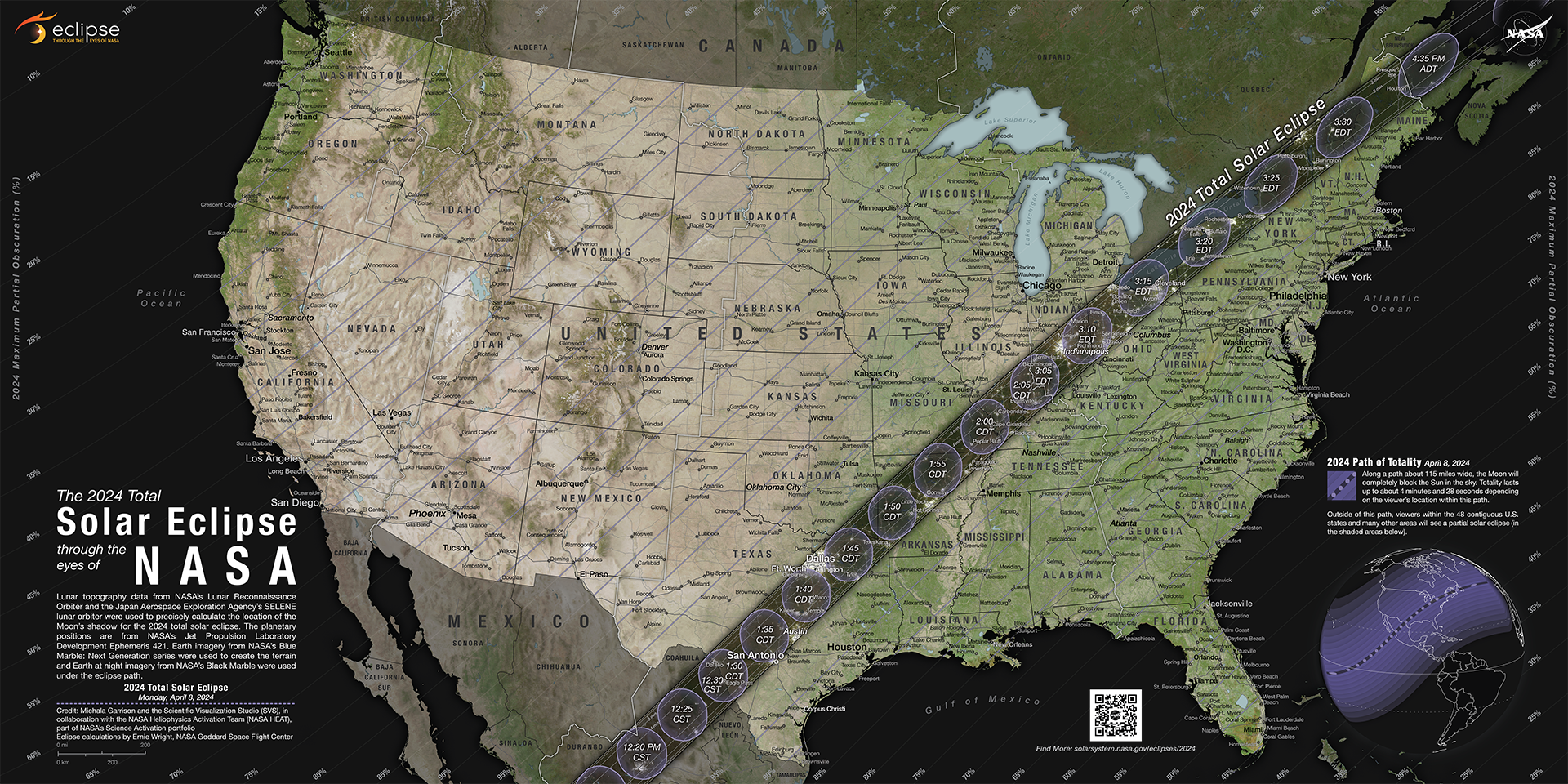
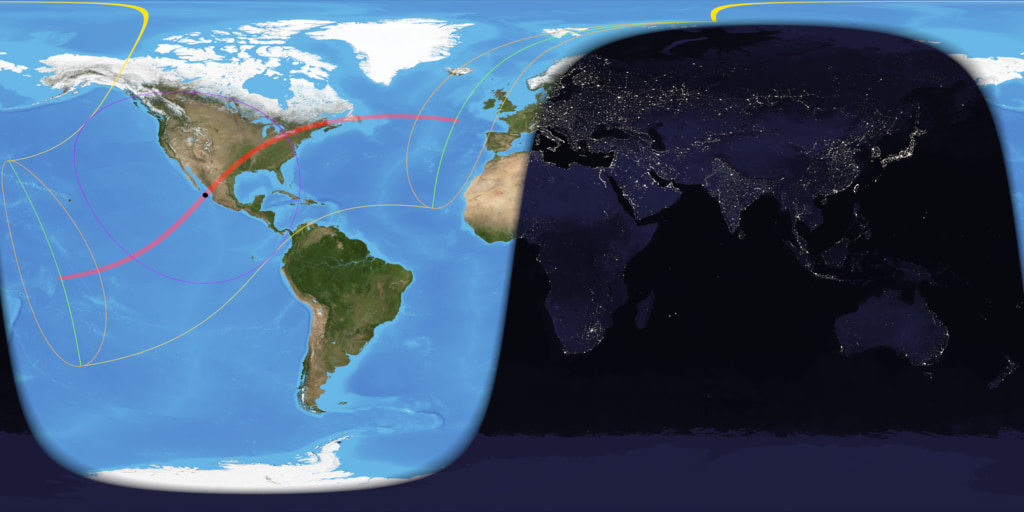

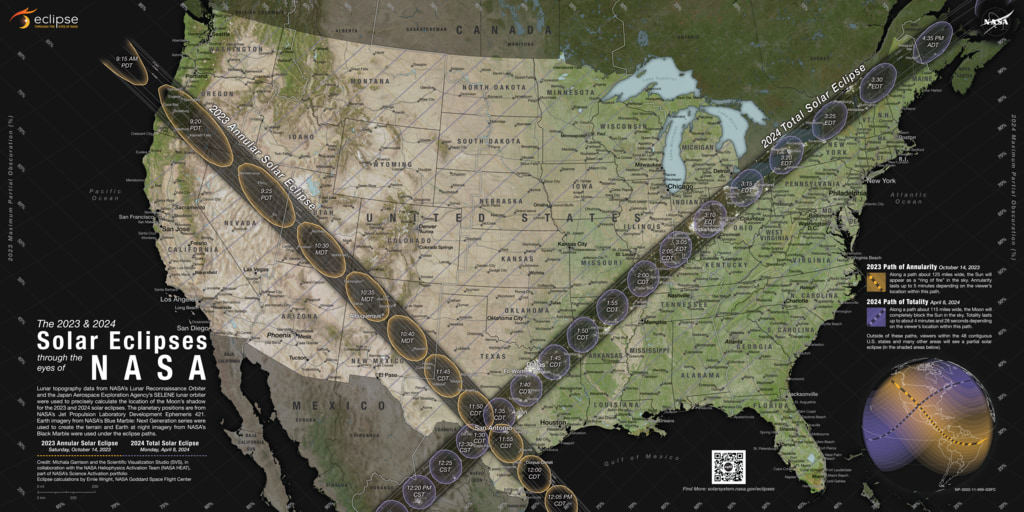
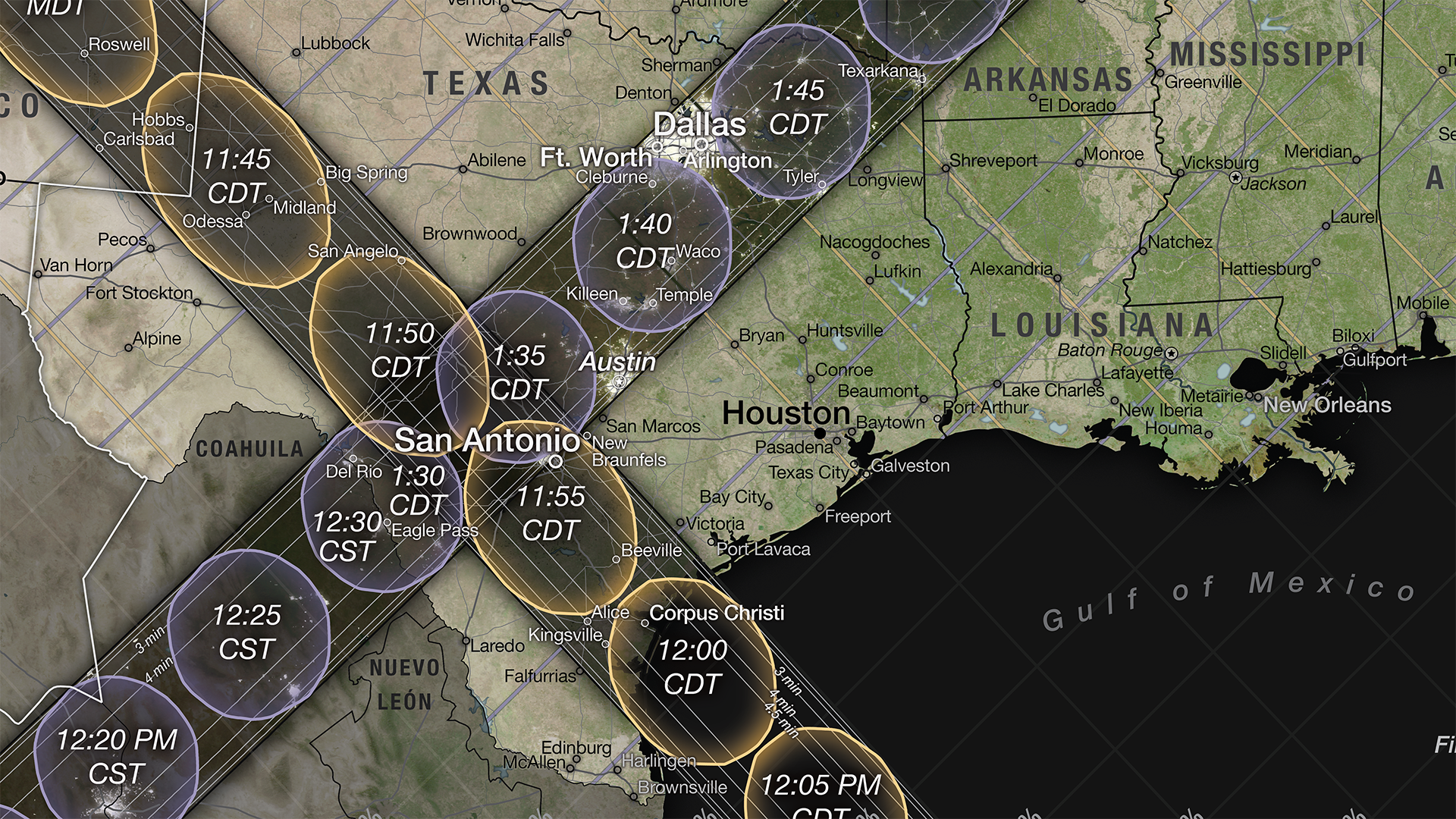
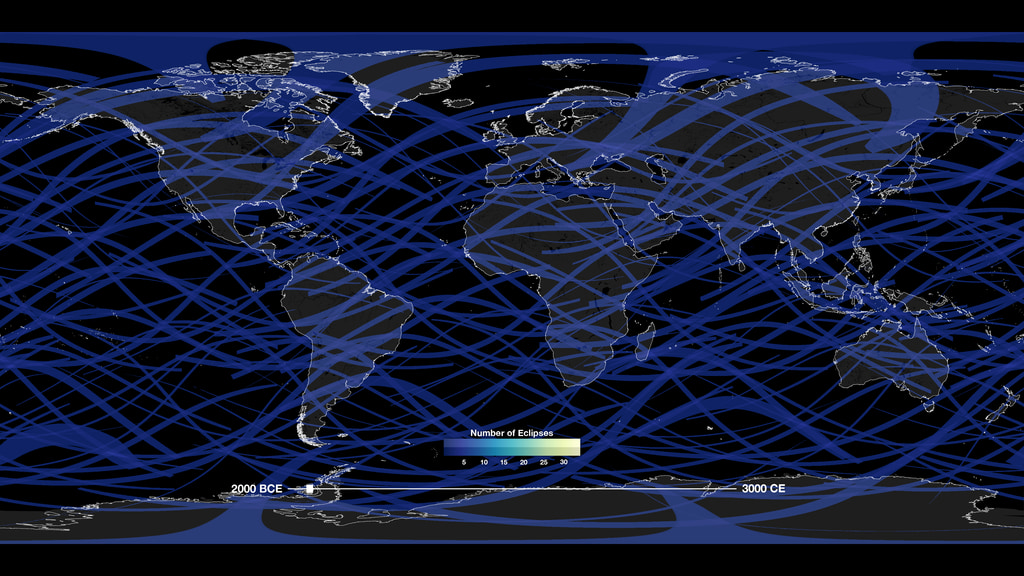
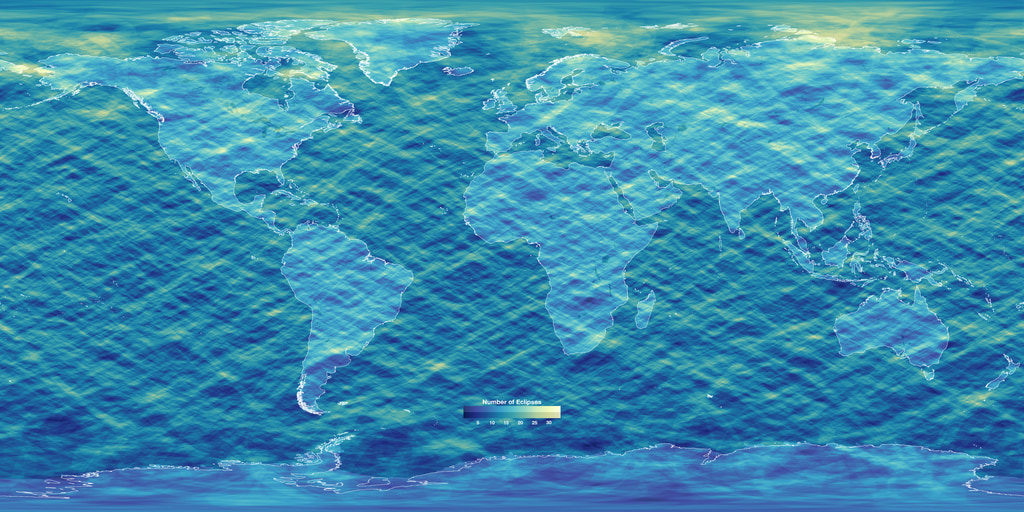
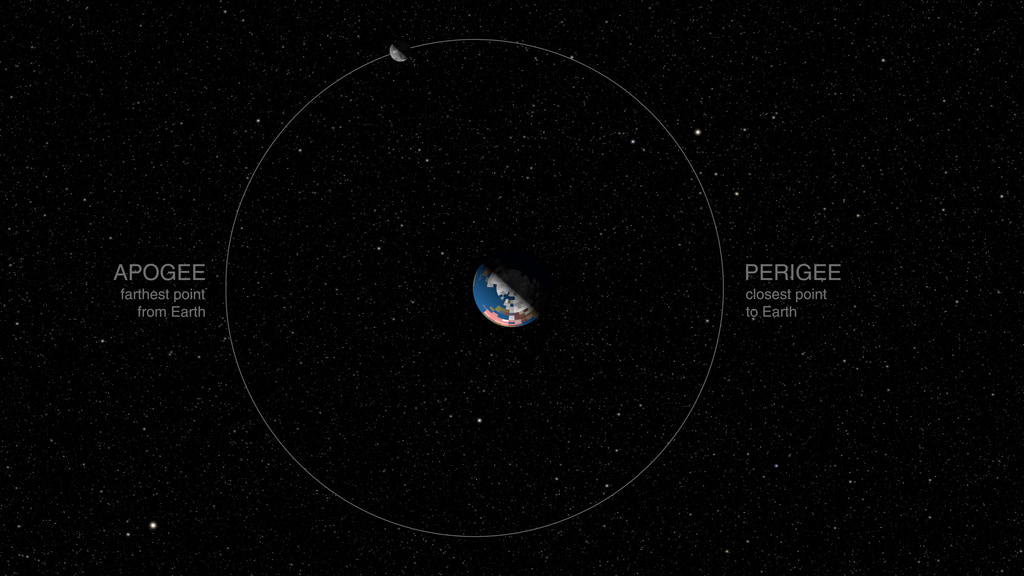
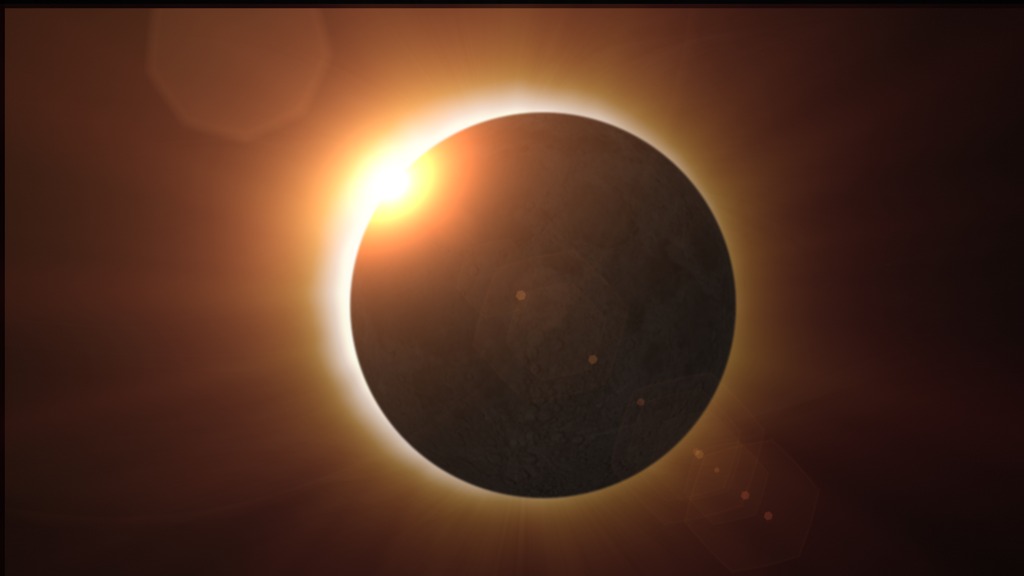
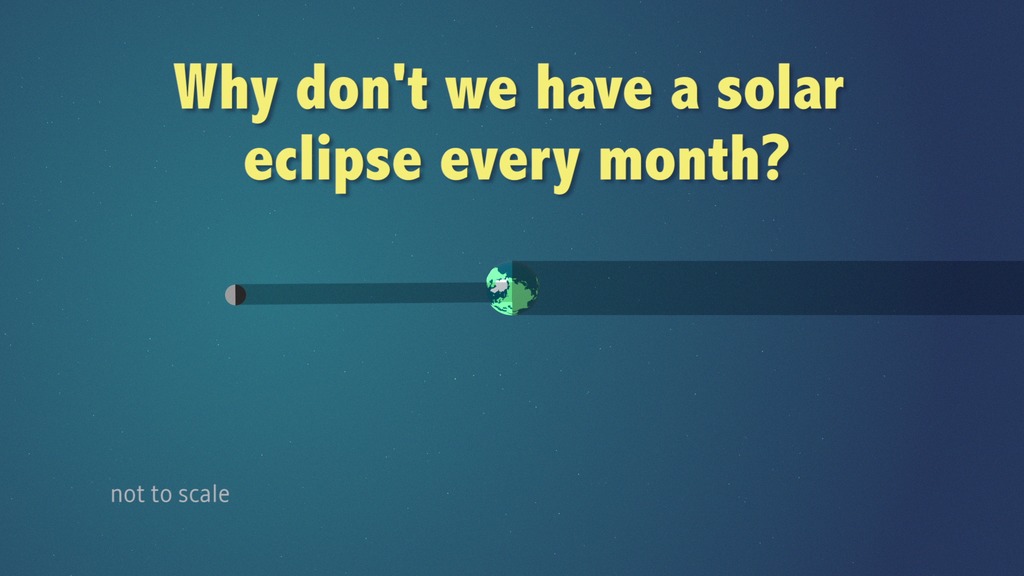
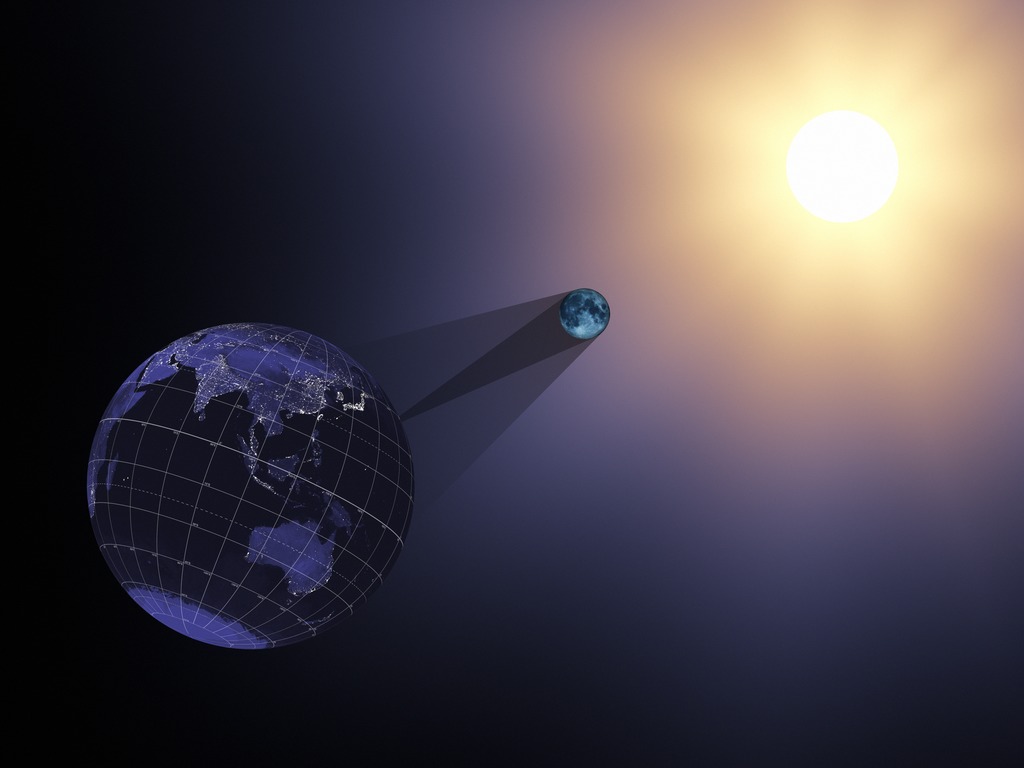
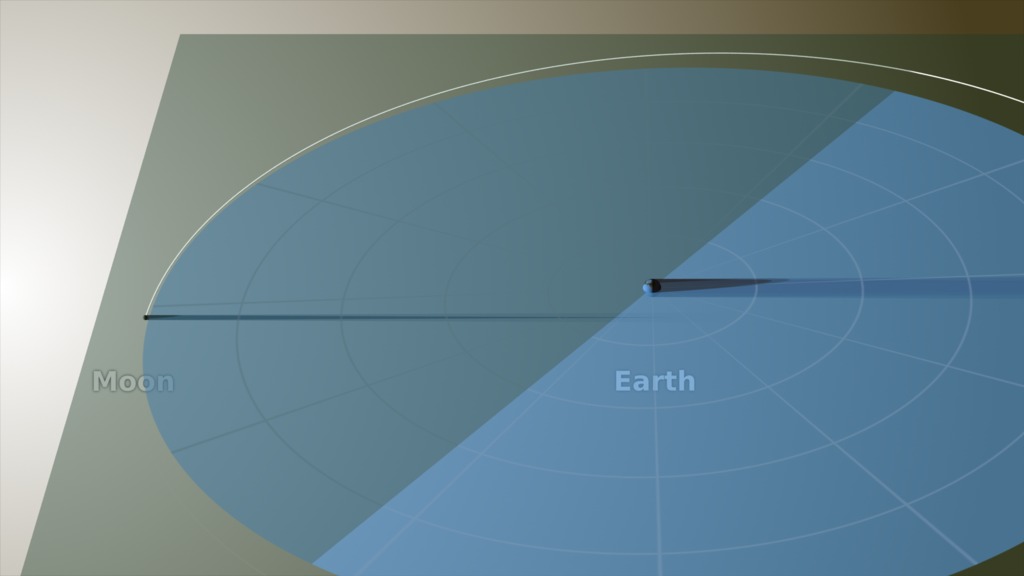
![Watch this video on the NASA Goddard YouTube channel.Complete transcript available.Music credit: "Back From The Brink" by Daniel Gunnar Louis Trachtenberg [PRS], “Hive Mind” by Ben De Vries [PRS] and Cam Tigre [PRS] from Universal Production MusicAdditional footage: NASA EDGESound effects: Pixabay](/vis/a010000/a014500/a014532/Thumbnail.jpg)
![Complete transcript available.Music Credit: “Just Vibing Instrumental” by Runone [PRS], Simon Richard Tew [PRS] via Universal Production Music](/vis/a010000/a014500/a014509/14509_EclipsePhases_YT.00060_print.jpg)
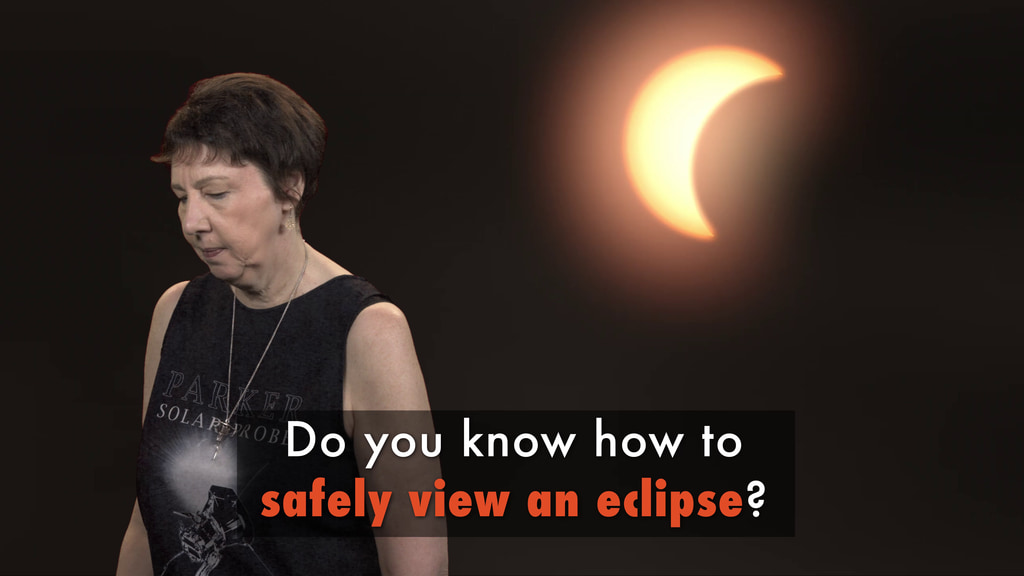
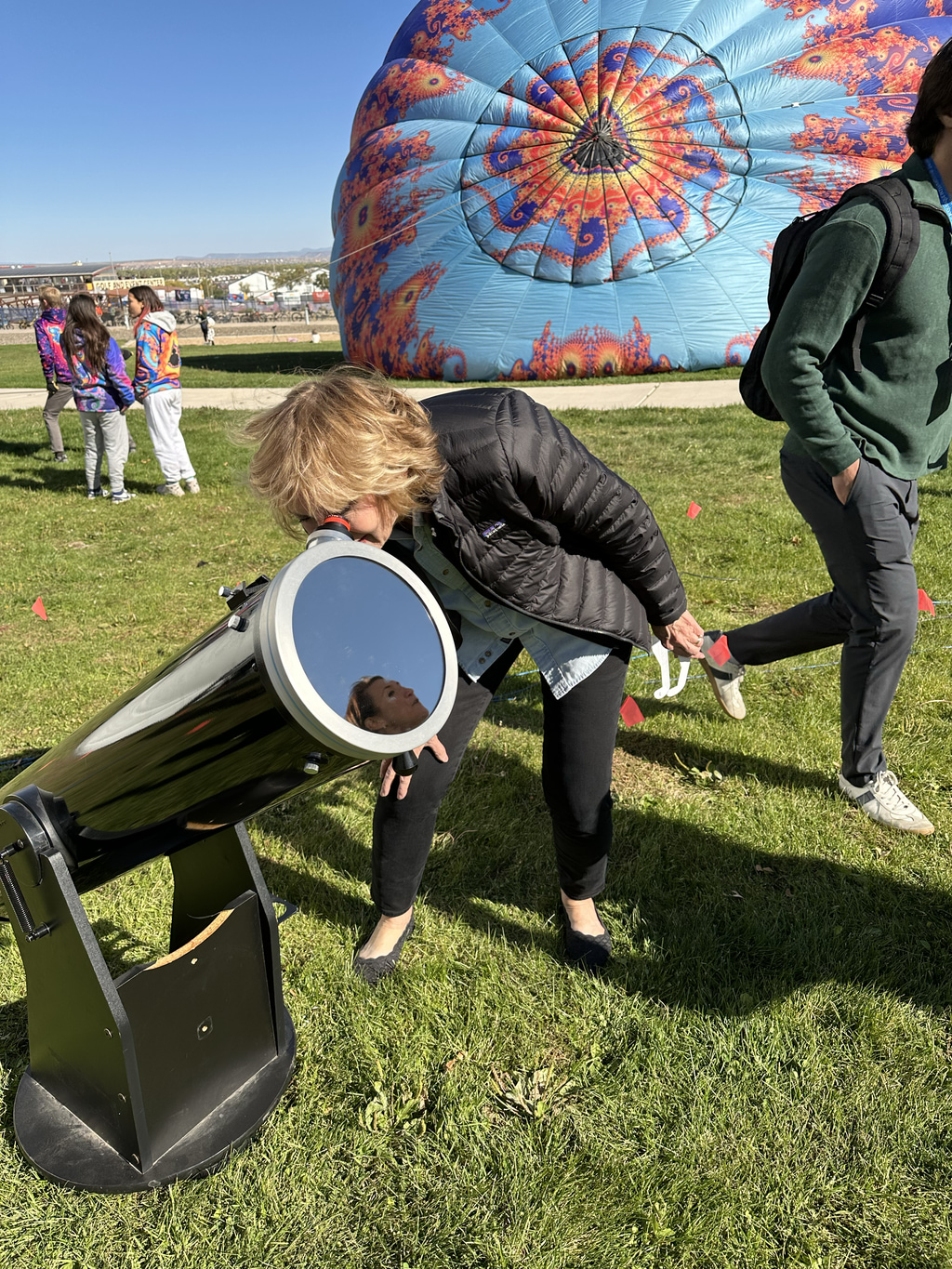
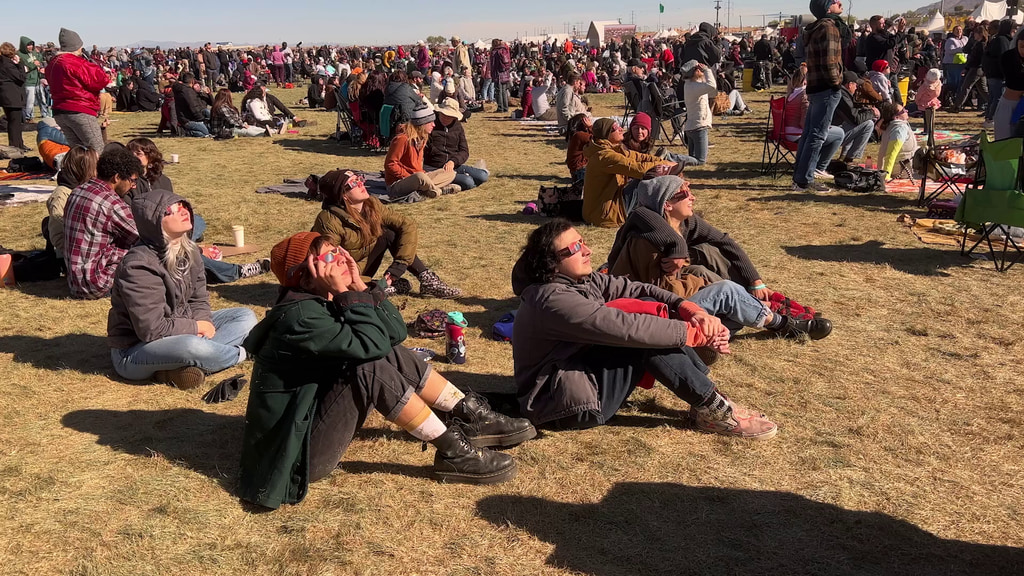
![Watch this video on the NASA Goddard YouTube channel.Except during the brief phase of totality during a total solar eclipse, you should never look directly at the Sun without proper eye protection specially designed for solar viewing. Do not use standard binoculars or telescopes to watch a solar eclipse without safe solar filters attached to the front of the device. Regular sunglasses are NOT safe for attempting to look directly at the Sun.Music Credit: “Happy Strut” by Dan Phillipson [PRS] via Universal Production MusicAdditional Graphics: Vecteezy.com, Motionarray.comComplete transcript available.](/vis/a010000/a014300/a014391/14391_Thumbnail.jpg)
![Watch this video on the NASA Goddard YouTube channel.Complete transcript available.Music credit: “Easy Breezy” by James Alexander John Welland [PRS] and Thomas Trueman [PRS] from Universal Production Music.](/vis/a010000/a014300/a014395/14395_AreYourEclipseGlassesSafe_Thumbnail.jpg)
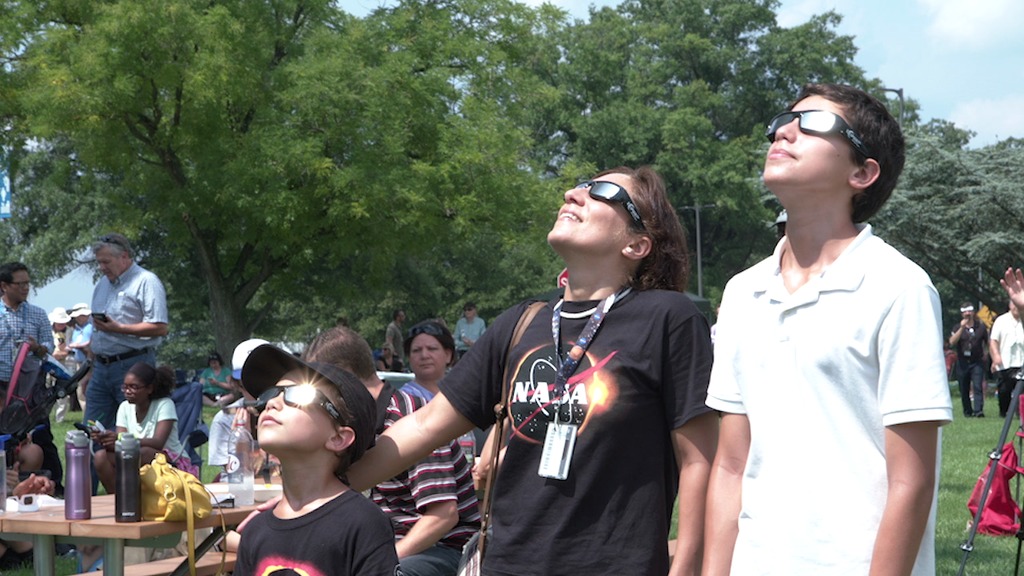
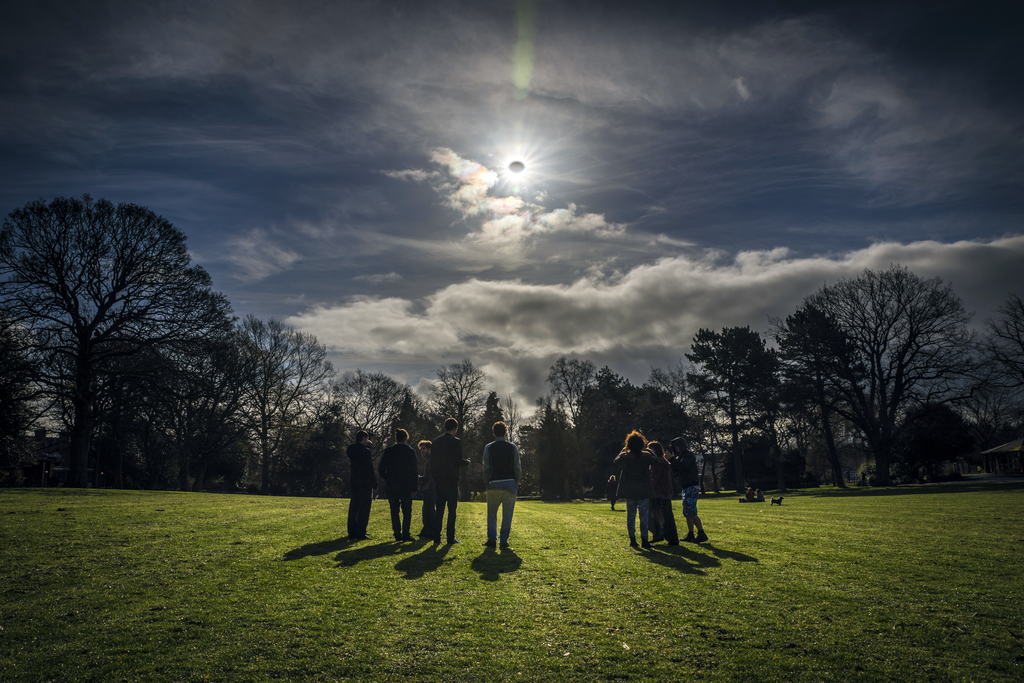

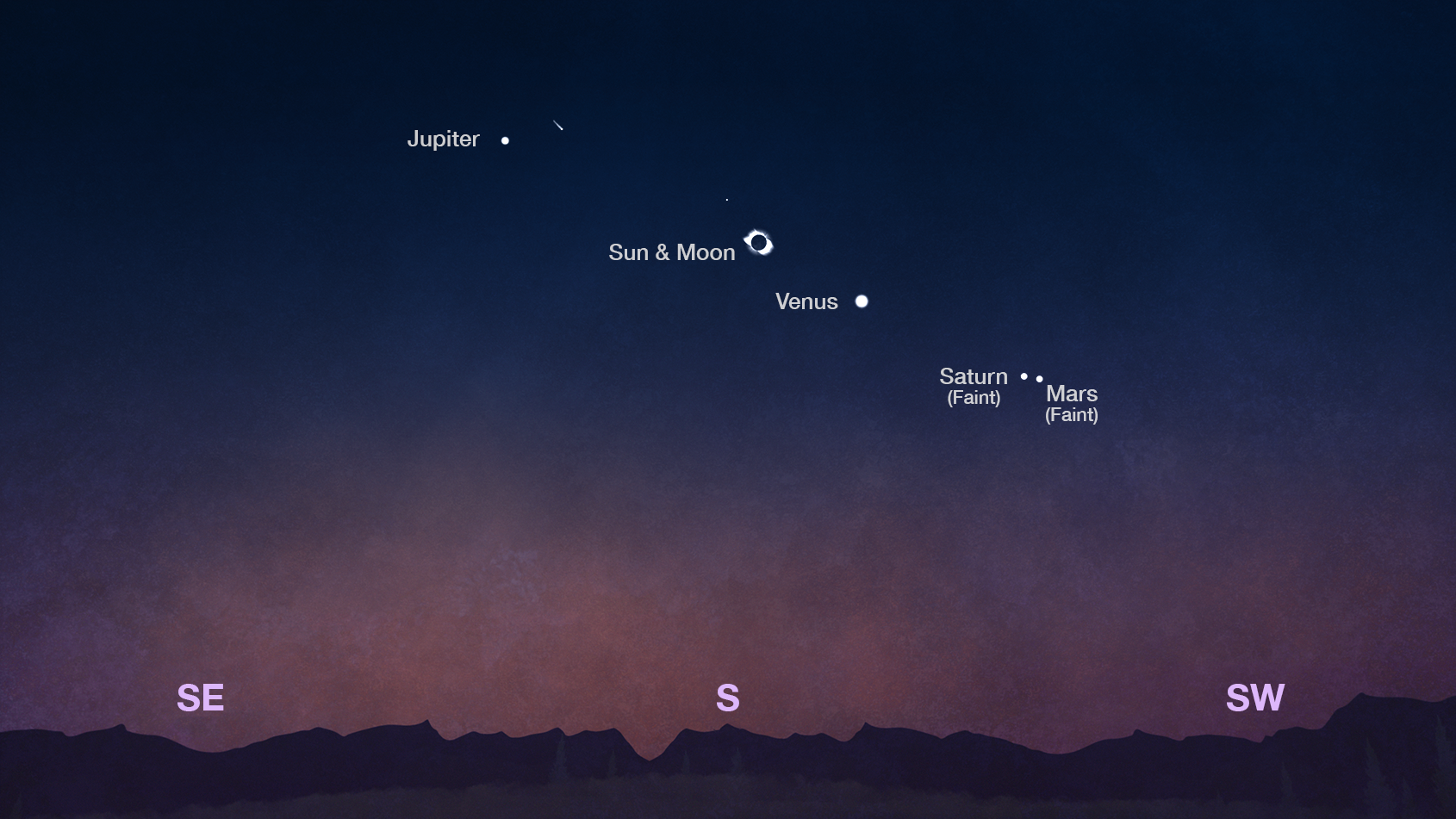
![Music Credit: “Corals Instrumental” by Marc Burh [GEMA], Marek Nichel [GEMA] via Universal Production MusicAdditional photographs and footage: Unsplash, Videvo](/vis/a010000/a014500/a014557/14557_EclipsePhotoTips_Thumbnail.png)
![Music credit: “Catching Bees” by Jessica Charlotte Dannheisser [PRS] from Universal Production Music](/vis/a010000/a014500/a014543/Snap_It_Promo_Thumbnail.jpg)

![NASA's 2024 Total Solar Eclipse Broadcast (OFFICIAL TRAILER)Music Credit: “Fallout Instrumental” by Christopher James Brett [PRS] via Universal Production MusicComplete transcript available.](/vis/a010000/a014500/a014520/14520_TSEBroadcastTrailer_thumb.png)
![Complete transcript available.Music Credit: “Rise Now Our Hero” by Dan Thiessen [BMI] via Universal Production MusicWatch this video on the NASA.gov Video YouTube channel.](/vis/a010000/a014400/a014428/14428_HBY_Trailer_thumbnail.jpg)
![Credit: NASA's Goddard Space Flight CenterWatch this video on the NASA Goddard YouTube channel.Music: “Nanofiber” by Andrew Michael Britton [PRS], David Stephen Goldsmith [PRS]; “Climbing the Ladder” by Jose Tomas Novoa Espinosa [BMI] via Universal Production MusicComplete transcript available.](/vis/a010000/a014300/a014392/14392_Thumbnail.jpg)
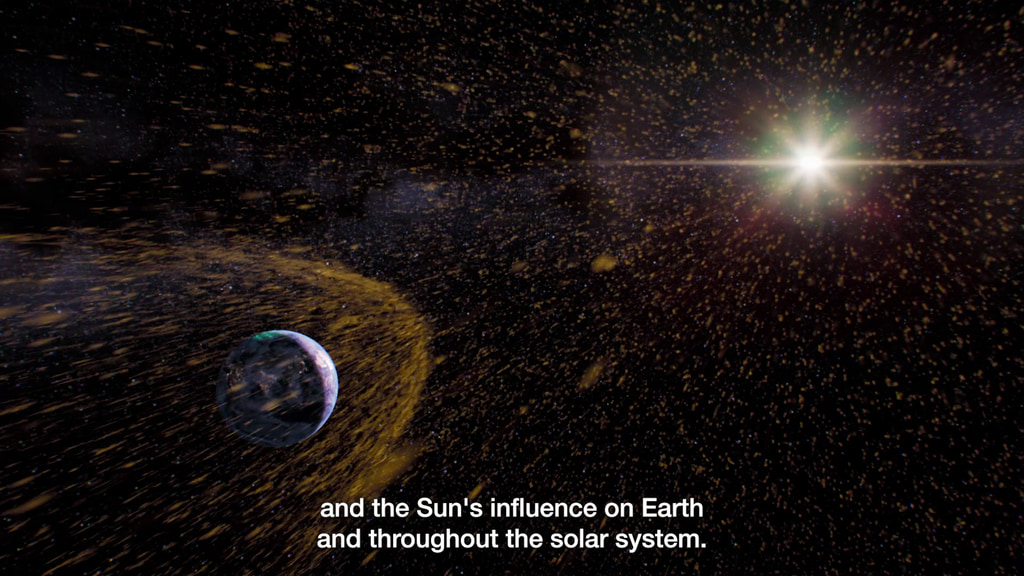
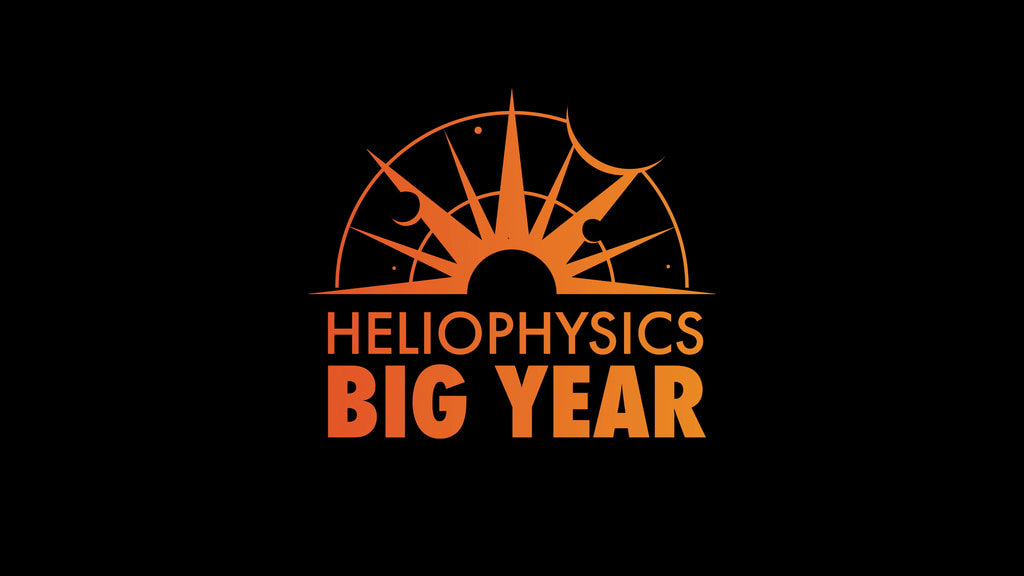

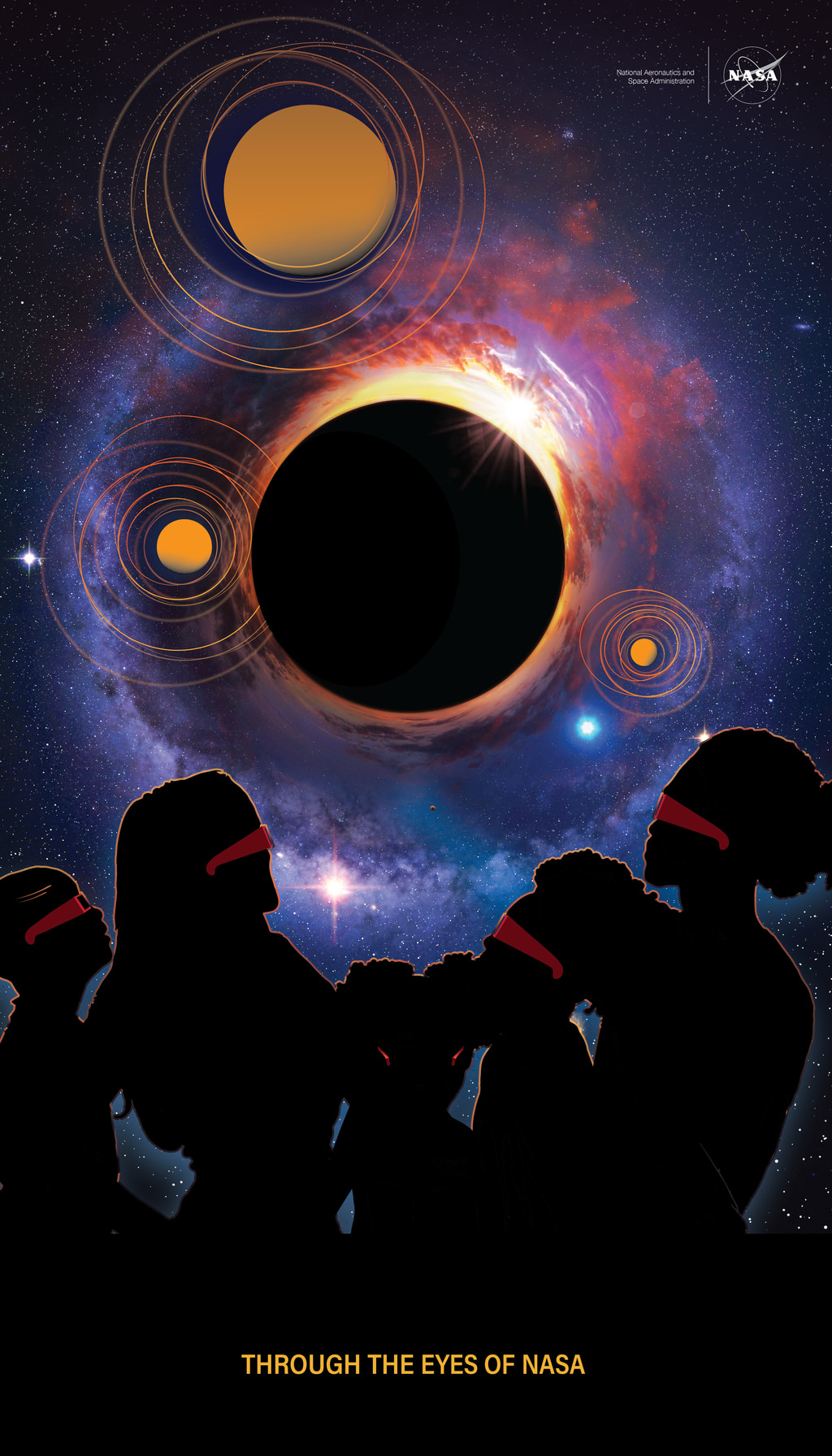

![Music credit: "The Intelligent Plant" by Laurent Dury [SACEM] from Universal Production MusicComplete transcript available.](/vis/a010000/a014500/a014547/14547_Citizen_CATE_Thumbnail.jpg)
![Music Credit: “Everything Will Be Fine” Paul Reeves [PRS] via Universal Production MusicComplete transcript available.](/vis/a010000/a014500/a014541/14541_DEB_Thumbnail.png)
![Watch this video on the NASA Video YouTube channel.Complete transcript available.Music credit: "Towards the Future" by Evan William Conway [ASCAP] from Universal Production Music](/vis/a010000/a014500/a014540/Thumbnail01.jpg)
![Music Credit: “Fly Beyond Instrumental” Magnum Opus [ASCAP] via Universal Production MusicComplete transcript available.](/vis/a010000/a014500/a014530/GAVRT_Thumbnail.png)
![Complete transcript available.Music credit: "Neutral Motion" by Eric Chevalier [SACEM] from Universal Production Music.](/vis/a010000/a014400/a014475/14475_Thumbnail.jpg)
![Watch this video on the NASA Goddard YouTube channel.Complete transcript available.Music credit: "Creativity" by Max van Thun [GEMA] from Universal Production Music.](/vis/a010000/a014400/a014427/Thumbnail_01.jpg)
![Music credit: “Make a Change” by Eric Chevalier [SACEM] from Universal Production Music.Complete transcript available.](/vis/a010000/a013200/a013288/HamSCI_Thumbnail.jpg)
![Watch this video on the NASA Goddard YouTube channel.Complete transcript available.Music credit: "Synthesis" by Andy Blythe [PRS] and Marten Joustra [PRS] from Universal Production Music.](/vis/a010000/a014400/a014430/Thumbnail_01.jpg)
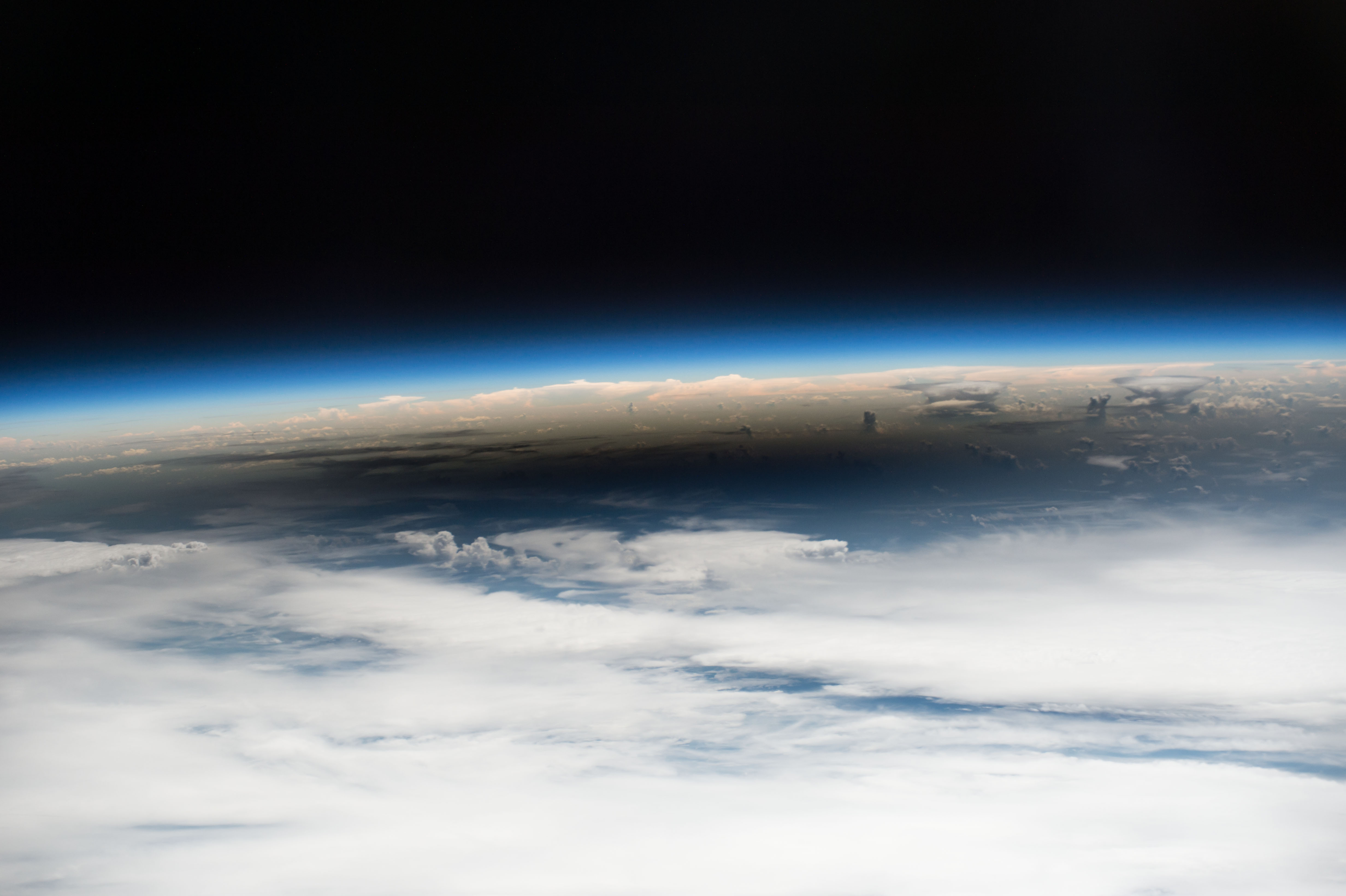
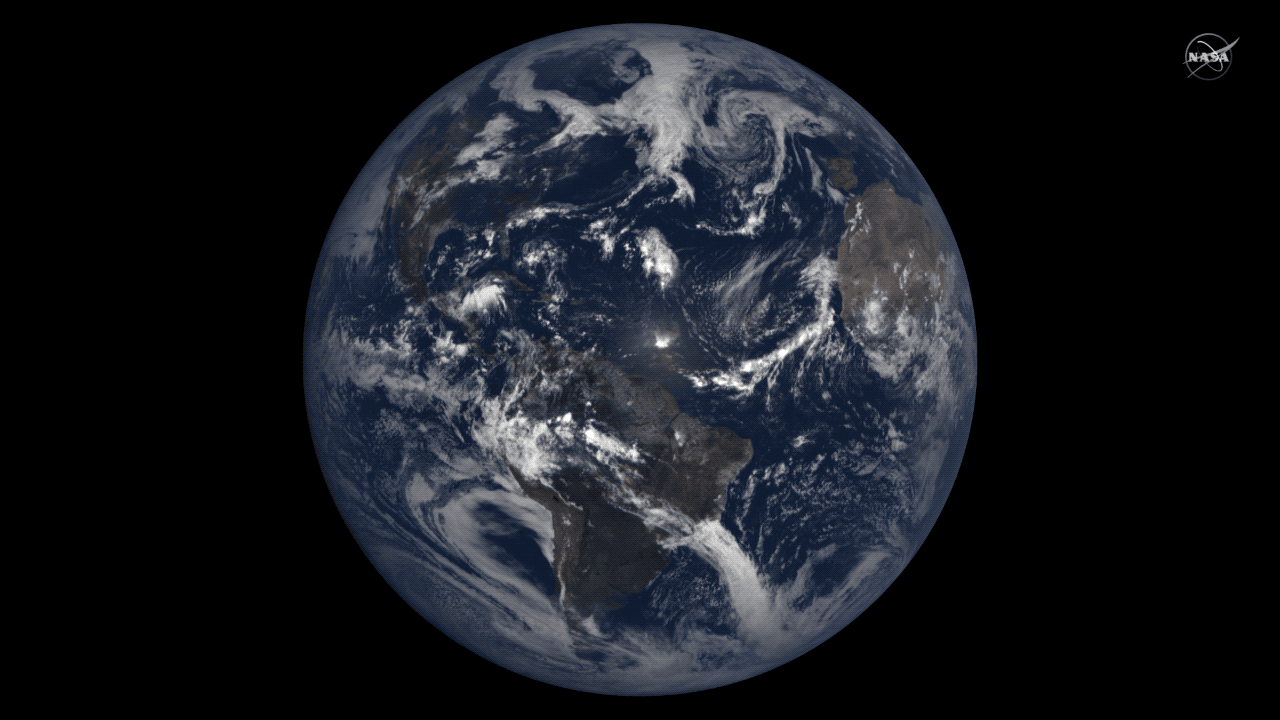
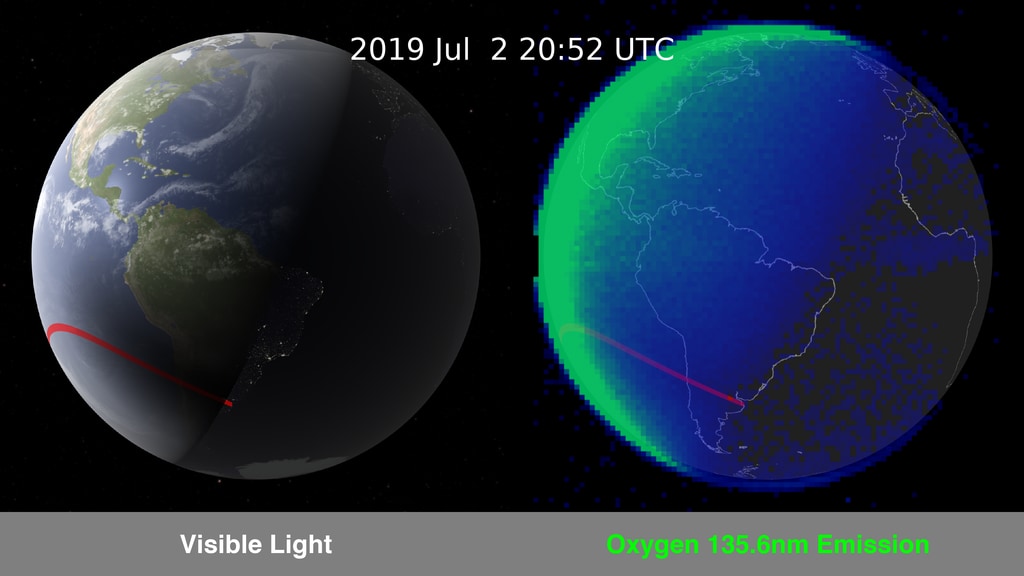
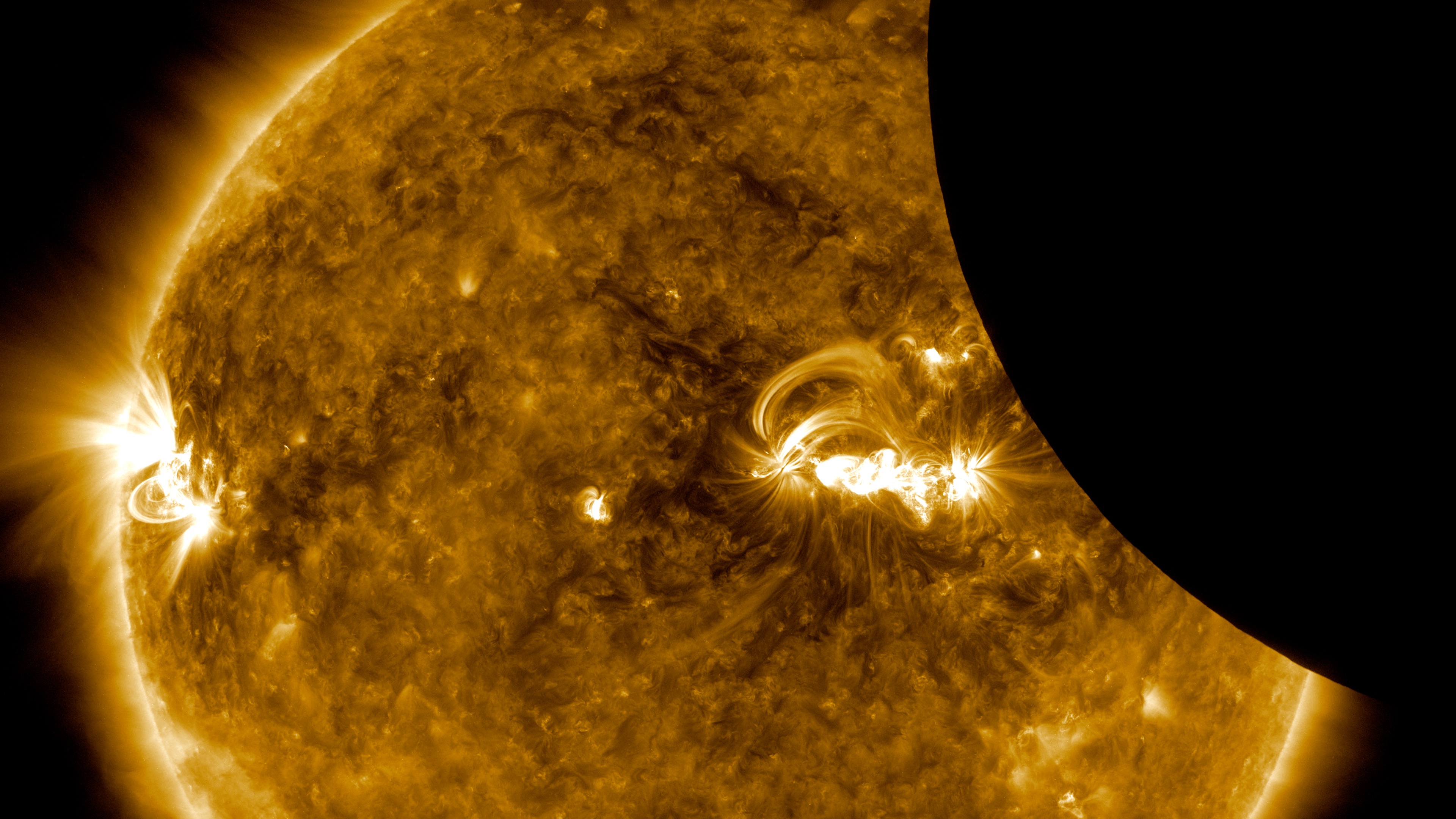

![Music: “Cherry on Top” by Ben Beiny [PRS] from Universal Production MusicComplete transcript available.](/vis/a010000/a013800/a013891/13891_EPIC_Eclipse2021_YouTube.00358_print.jpg)
